abechap024
Well-known member
Wow, if everyone started posting builds with as nice and thorough pictures as this one is, I think I would be content browsing them all day and living vicariously through them! Looks great!
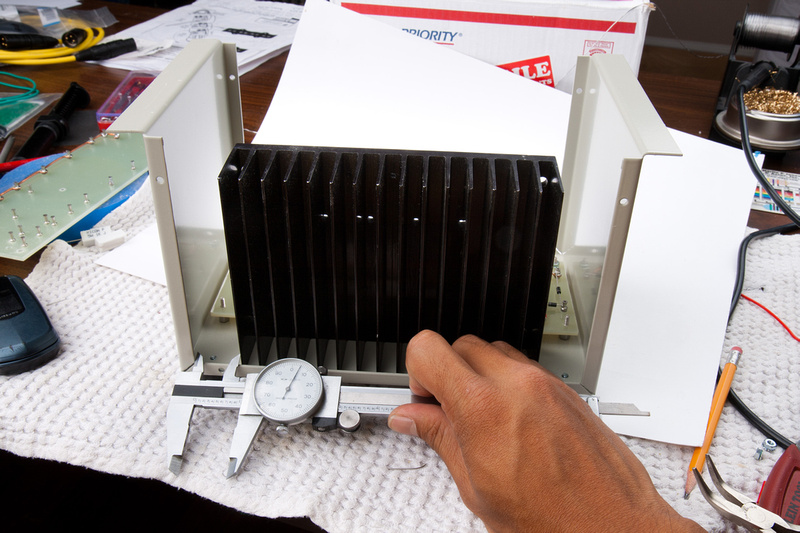
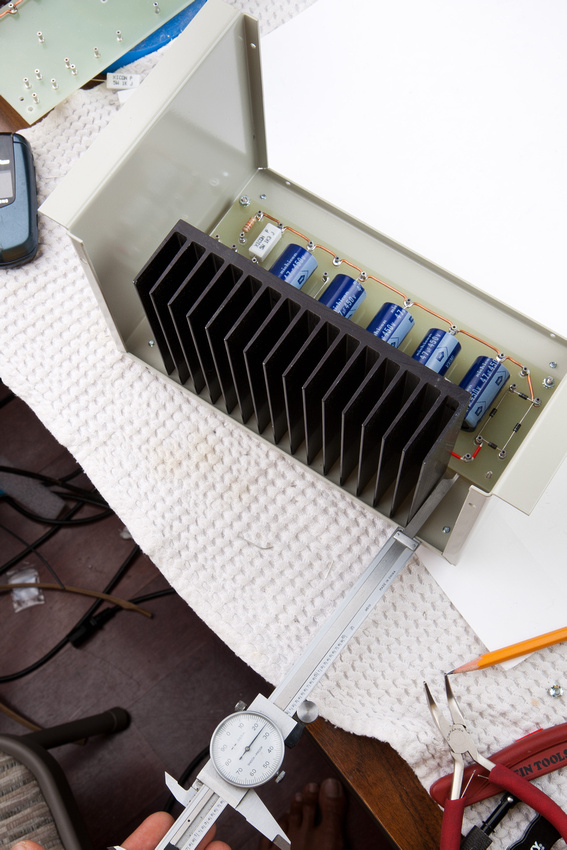
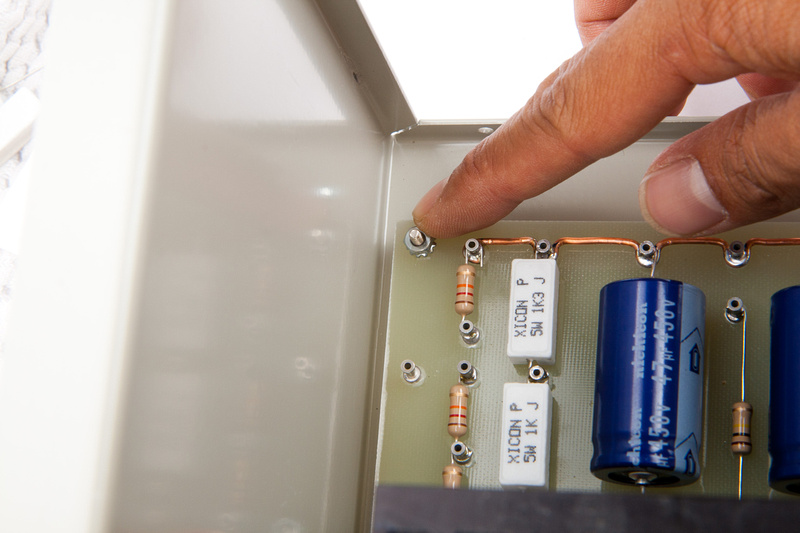

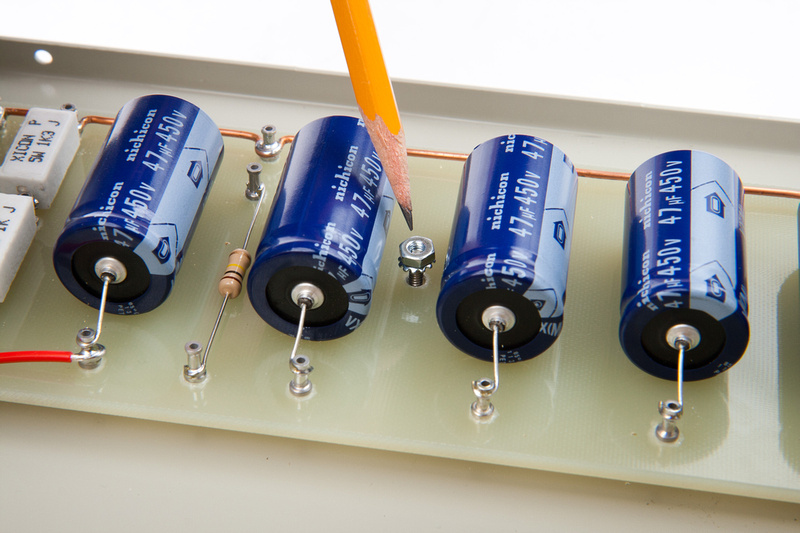
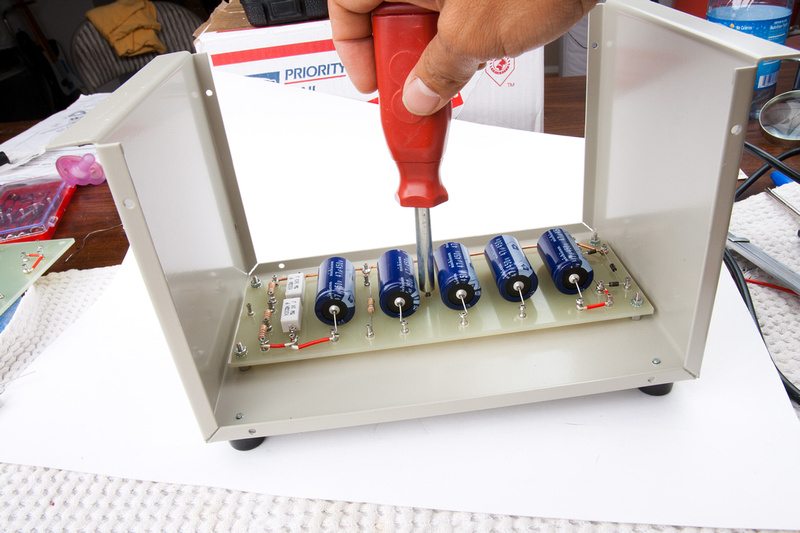
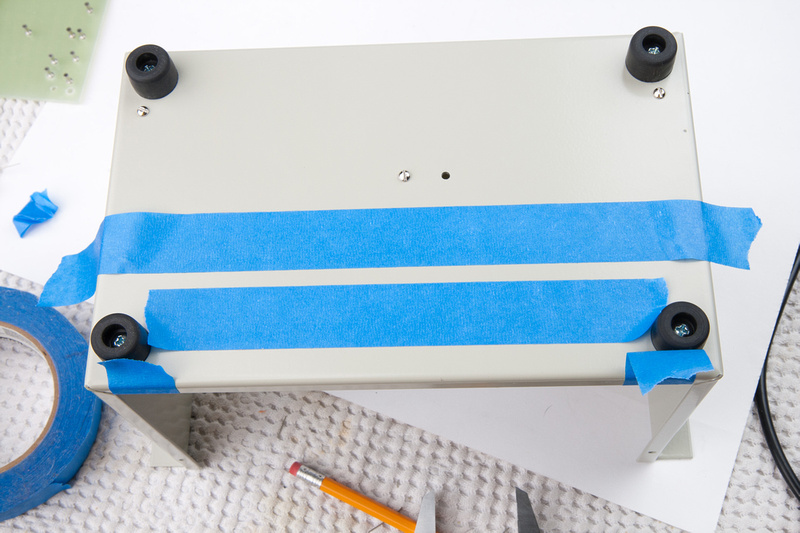
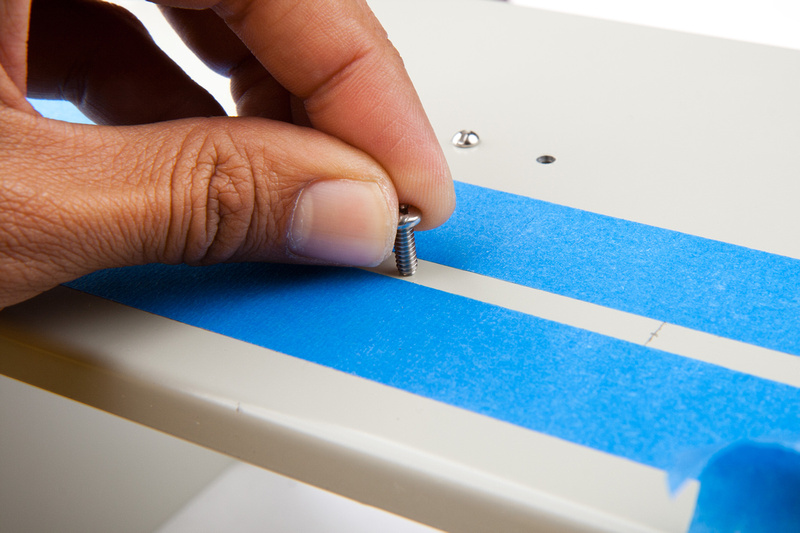
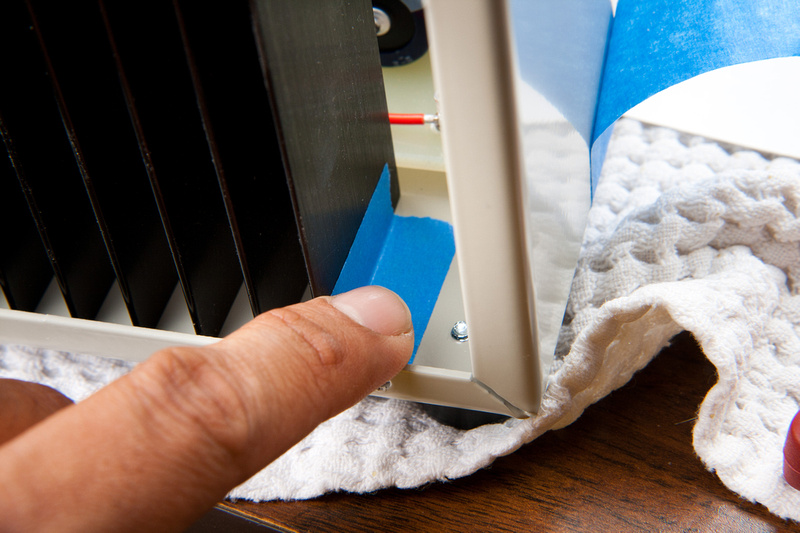
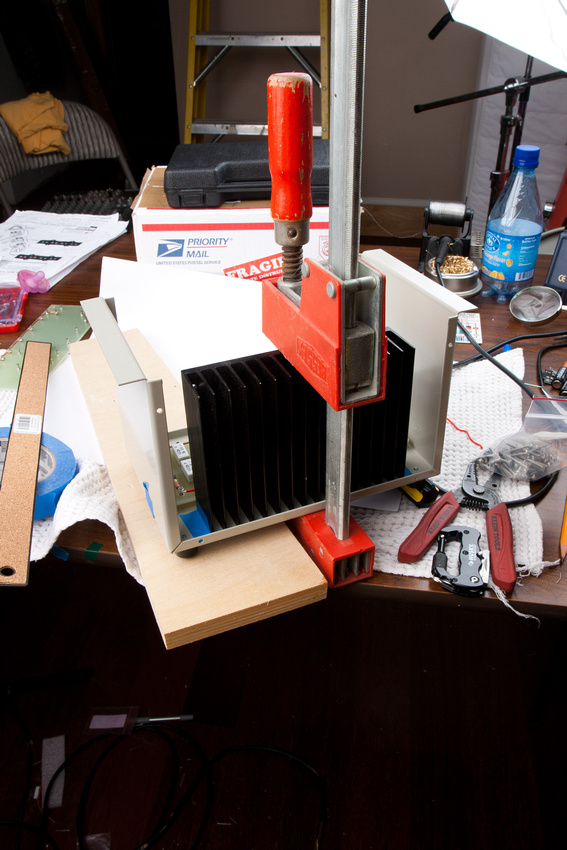
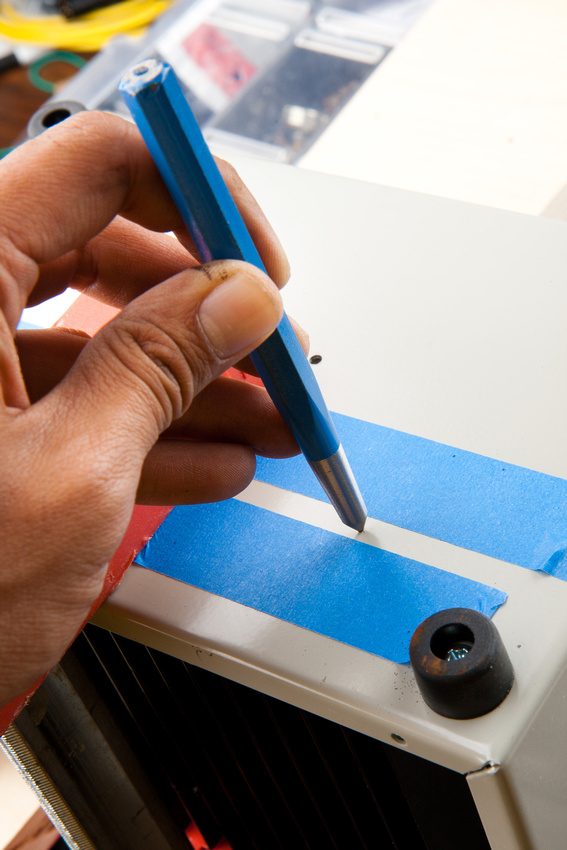
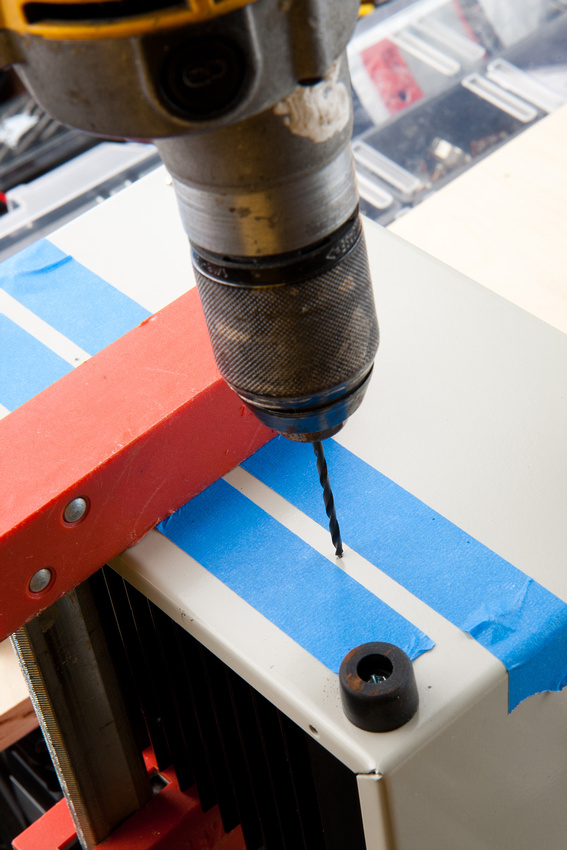
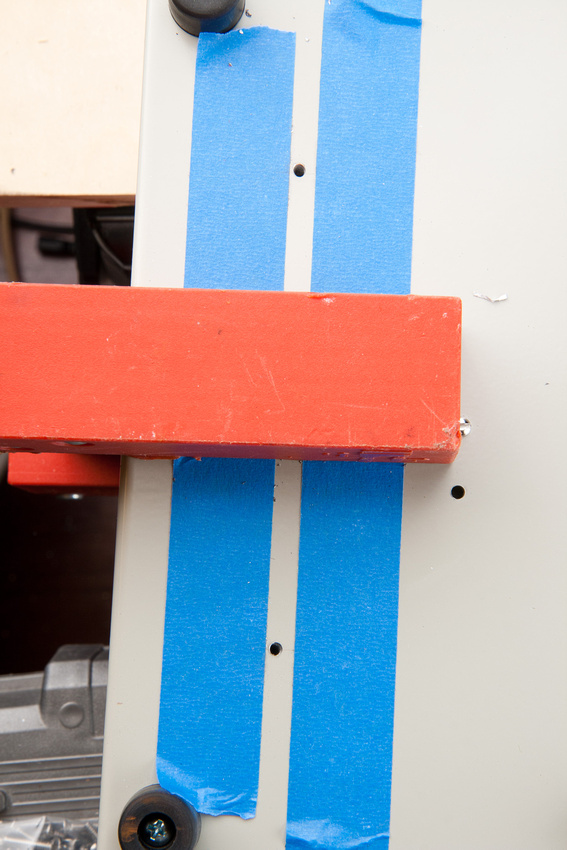
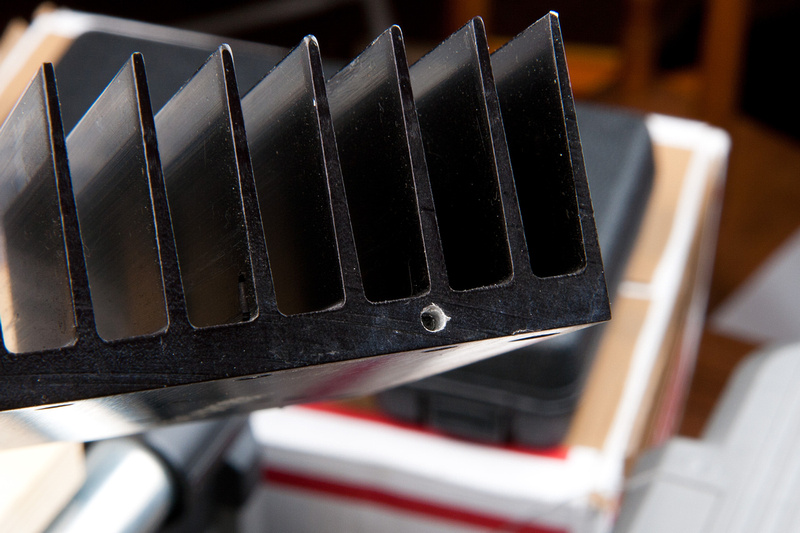
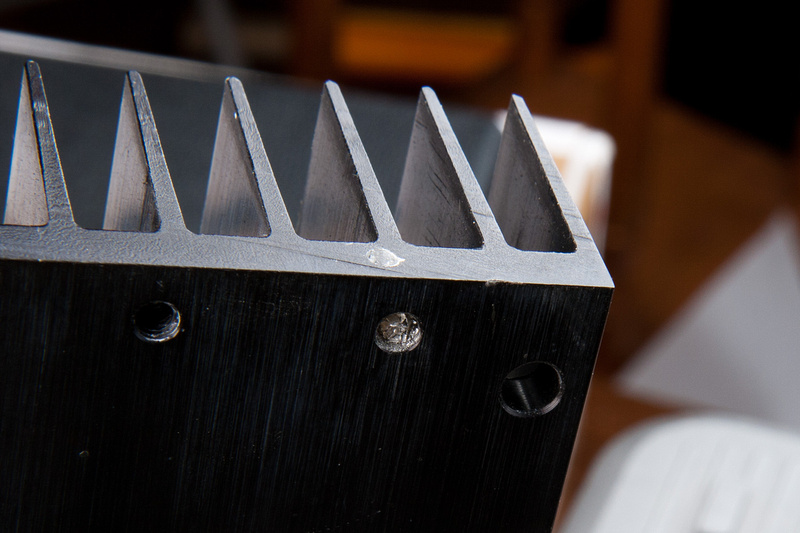
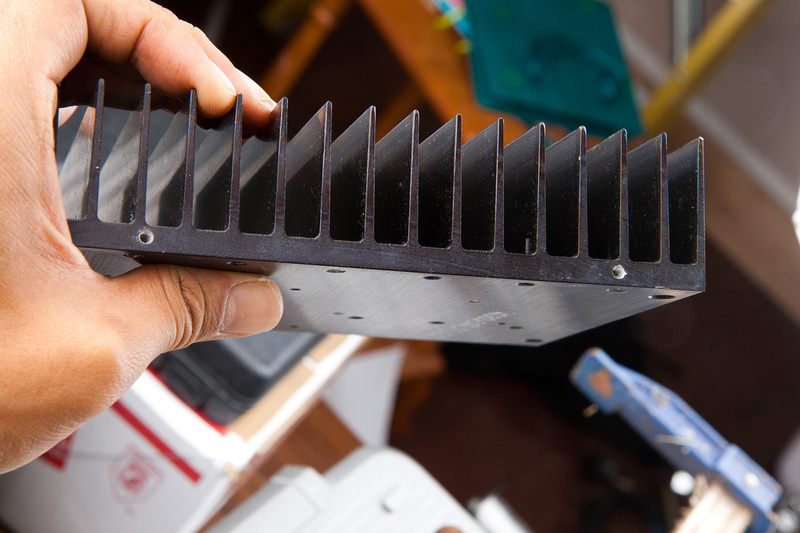
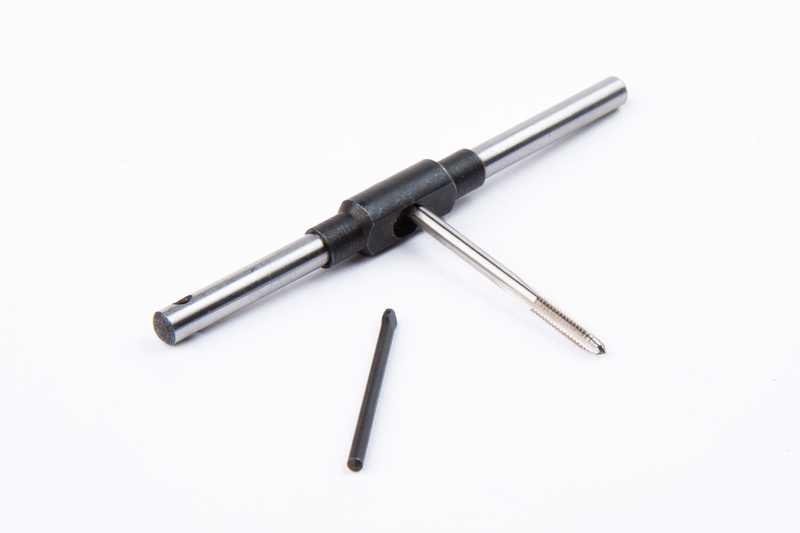
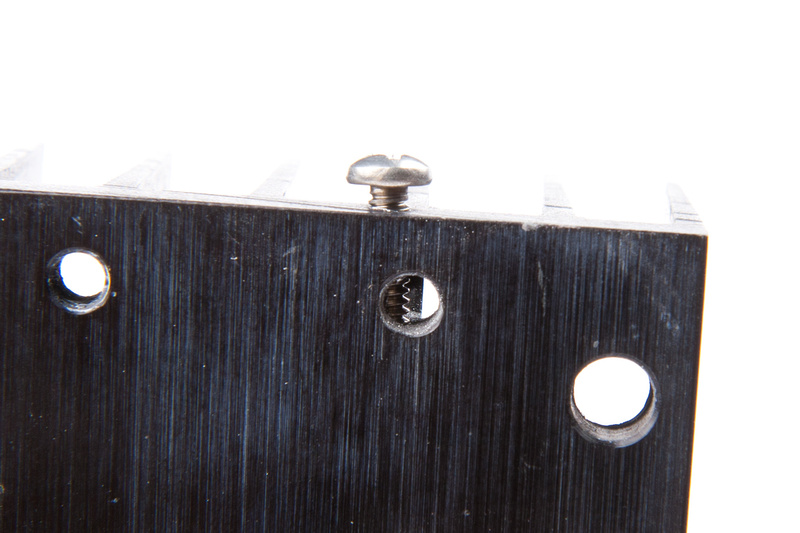
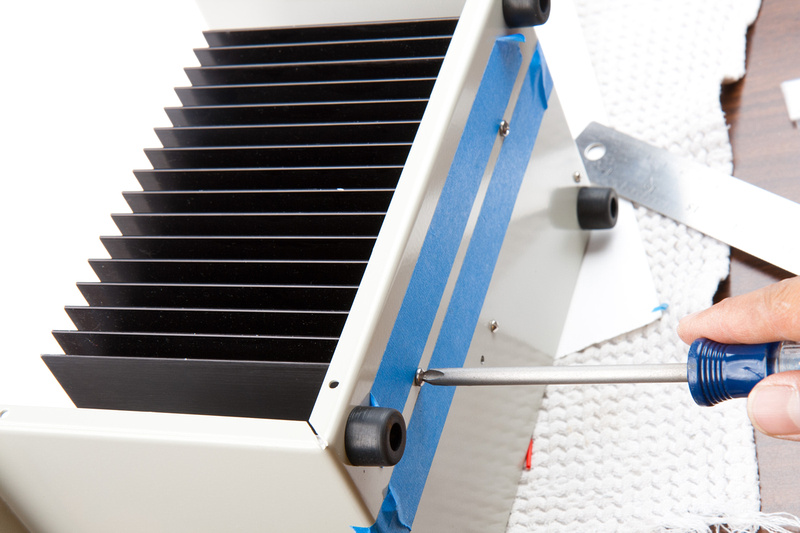
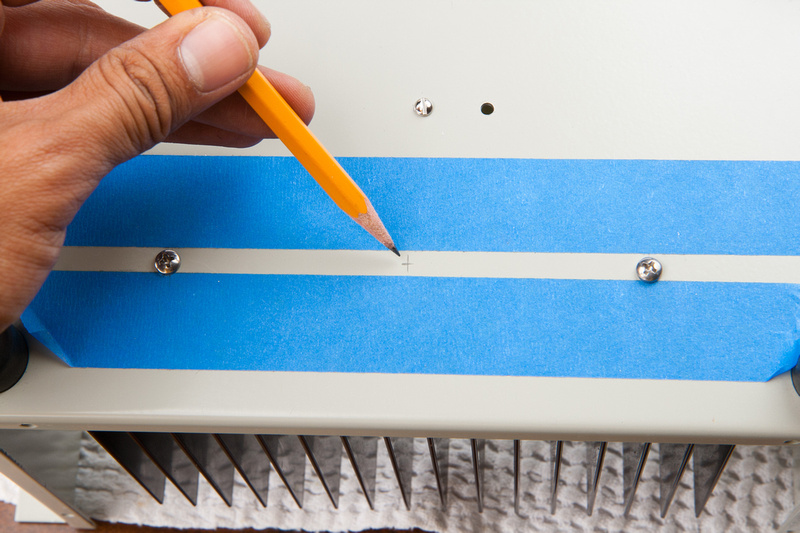
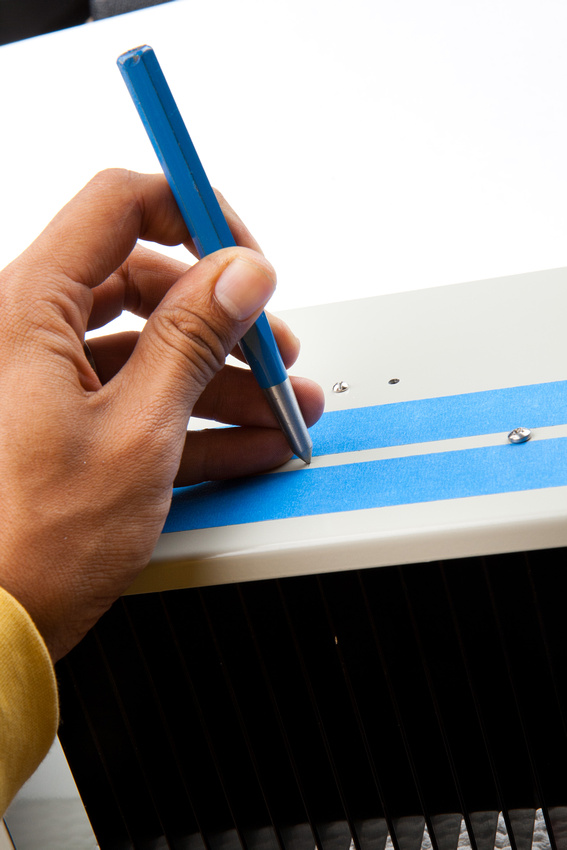
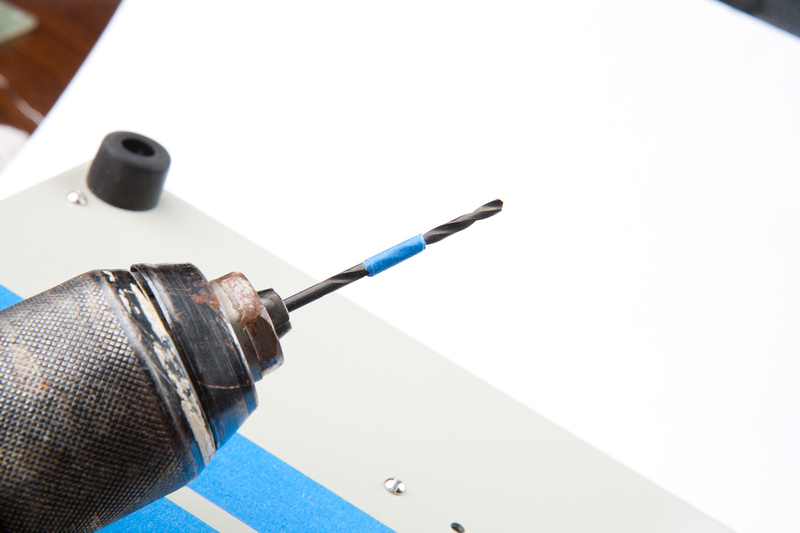
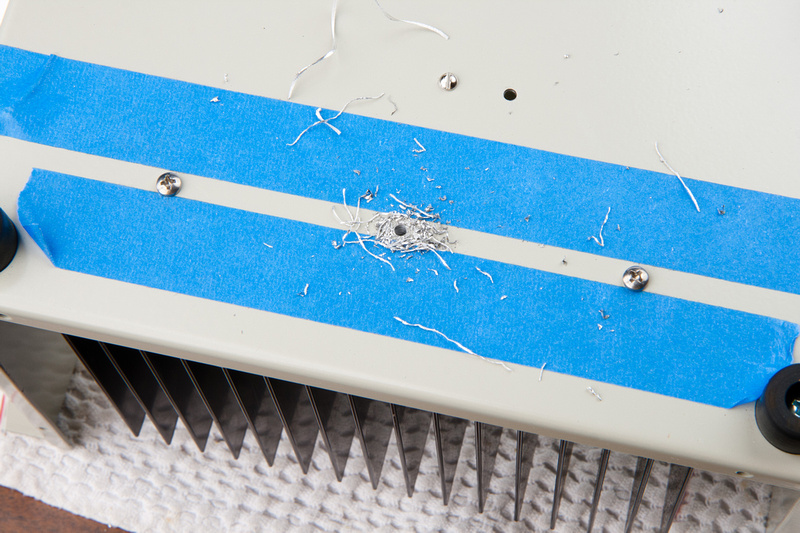
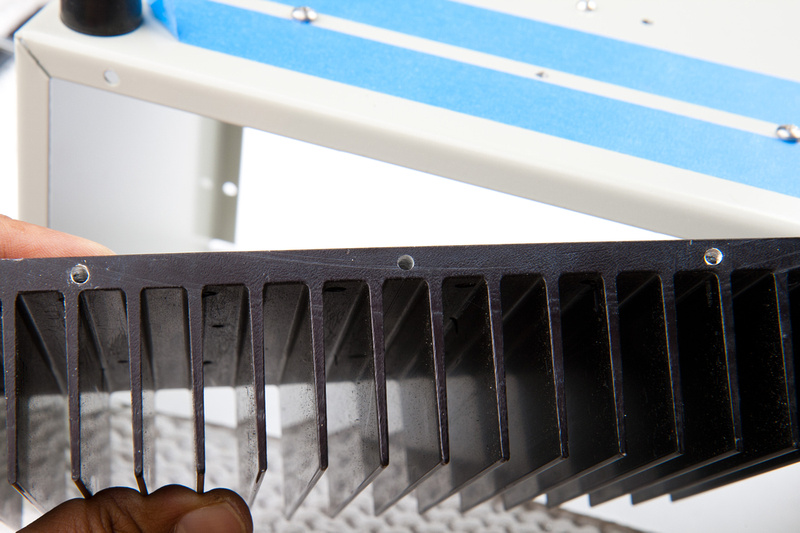
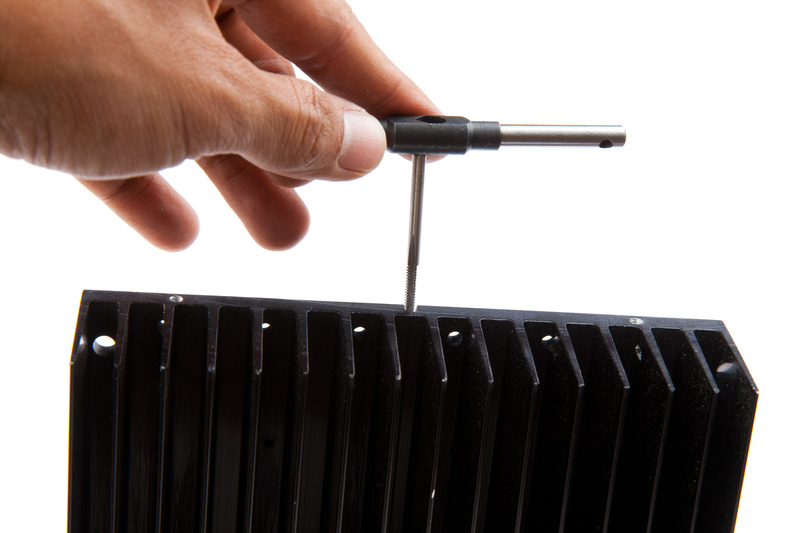
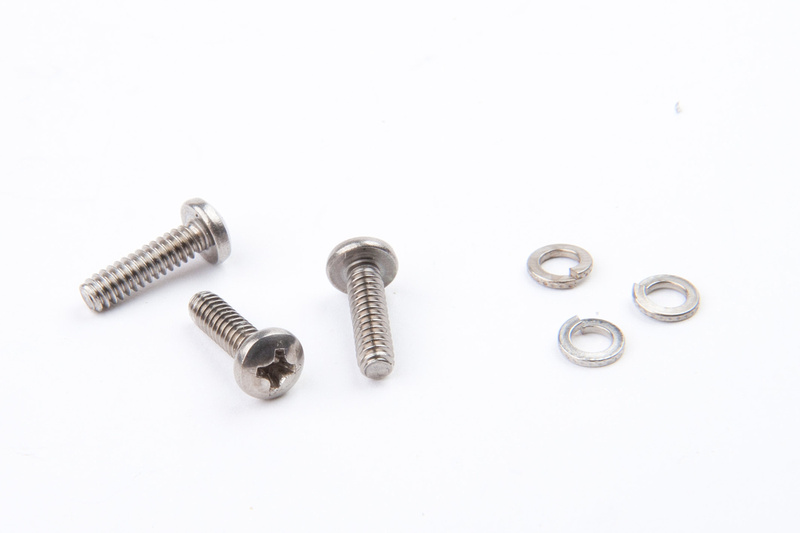
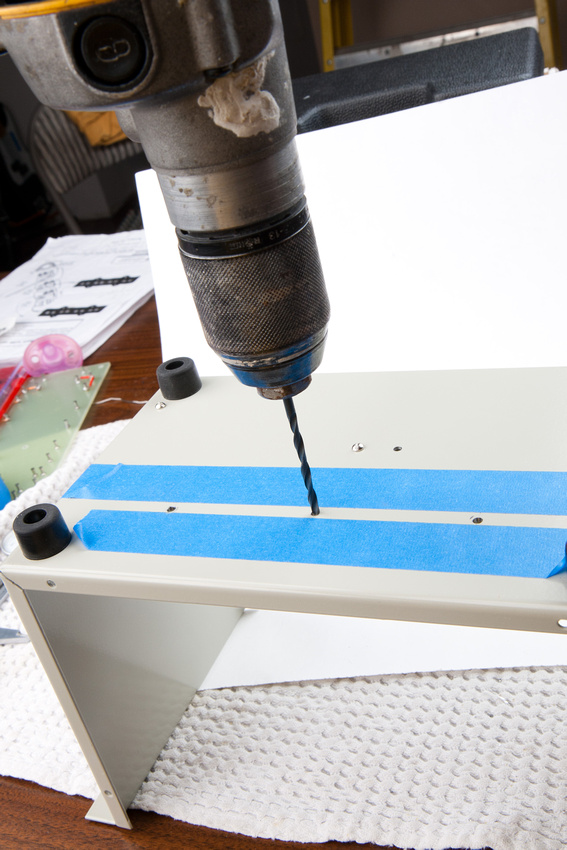
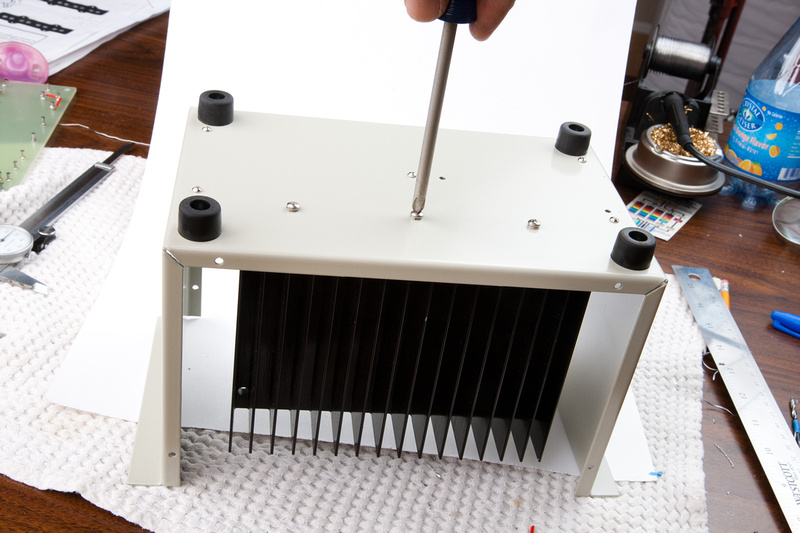

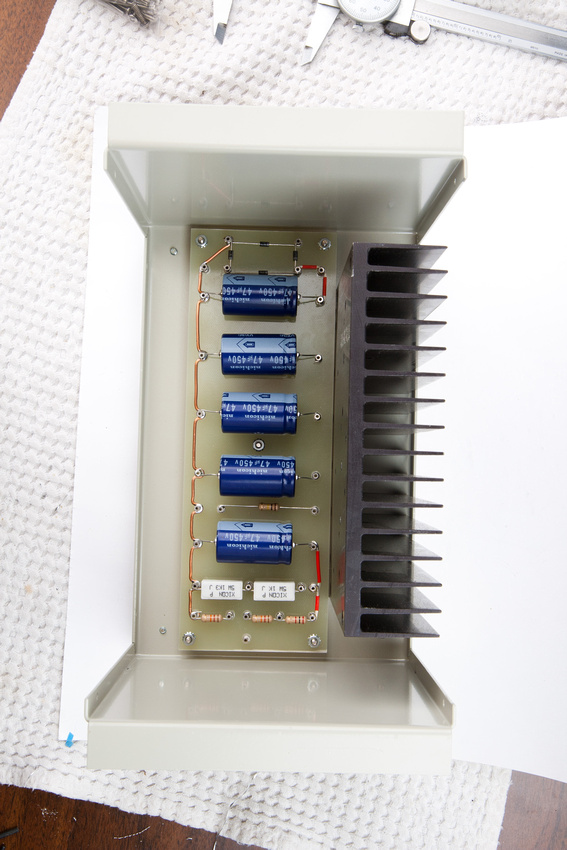
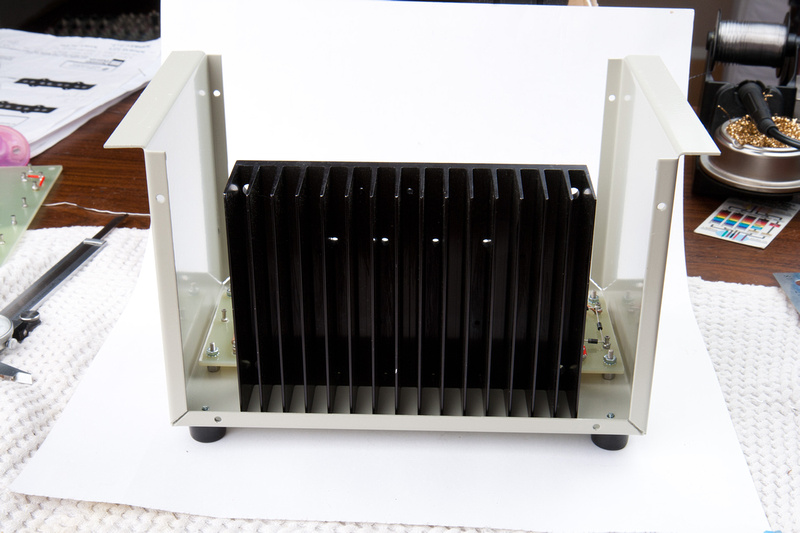
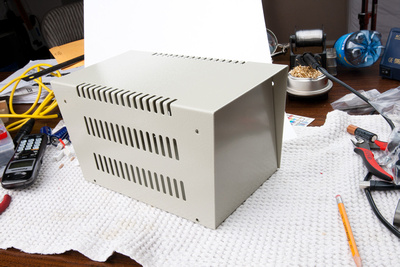
david-p said:I cant wait to see what you are going to cool by means of this enormous heatsink. One of my goals in designing simple power supplies, such as I take this to be, is to minimise the amount of heat that is generated inside it.
Assuming that you put the lid on the box when finished, the heat will still be trapped inside.
Or perhaps I am missing something....
David

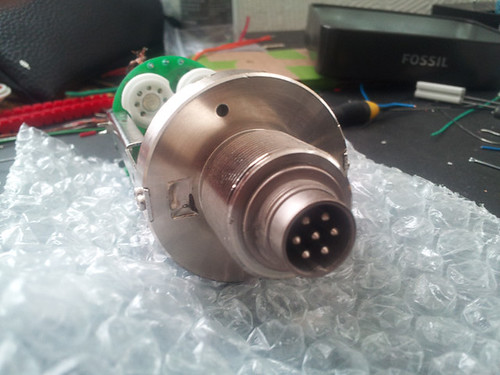




wave said:Chunger,
This is taken from the Recording Hacks website
"The TCM1050 is a rebadged Alctron HSGT-2B"
I used a T-Bone for my build and it worked out great. You should consider useing an Amphenol connector on the mic side. It's a lot better than the standard 7 pin XLR and cheaper and easier to implement in the body than a Binder.
Mouser Part #
http://www.mouser.com/Search/ProductDetail.aspx?R=T_3477_000virtualkey52360000virtualkey523-T3477-000

I took the 7 pin XLR out and then bored the hole to accept the Amphenol plug. After soldering the wires on, I used JB Weld to adhere the end in place.
Dave
Is this 45mA for the anode current? If so, I run the tubes in my mic amps 100x lower -- about 500 µA, as the C12 and U47 circuits do.dmp said:I'm pretty sure he is using ioaudio's psu design, which you can read about here.
http://www.groupdiy.com/index.php?topic=41379.0
david-p, the 2.3k is a dummy load set to represent the mic (i.e. the mic is drawing ~45mA).
How would you improve the design to reduce heat dissipation?
Recall that the primary design requirement is excellent filtering.
wave said:James,
Dany implemented the set screw with the amphenol connector on his U67 proto hes working on so yes it can be done.
Dave
david-p said:The AP460 and the similar Aurycle model have even smaller PSUs that work really well, as long as you bring the HT down to 120v, and dont leave it at 175v, or more, as delivered.
David
HellfireStudios said:Speaking of PSU's, does anyone know where to purchase a 9 polar pattern PSU like the ones for the Apex 460/Nady TCM1050 by itself? I'm building a Telefunken USA R-F-T clone and they use a similar PSU. Thanks. Back to thread at hand...
david-p said:Is this 45mA for the anode current? If so, I run the tubes in my mic amps 100x lower -- about 500 µA, as the C12 and U47 circuits do.dmp said:I'm pretty sure he is using ioaudio's psu design, which you can read about here.
http://www.groupdiy.com/index.php?topic=41379.0
david-p, the 2.3k is a dummy load set to represent the mic (i.e. the mic is drawing ~45mA).
How would you improve the design to reduce heat dissipation?
Recall that the primary design requirement is excellent filtering.
Most of the current (c. 350mA, I think) with the 6072-type of tube goes to the heater, and this will produce some heat in the PSU, but in my experience nothing that requires a large heat sink. I use a small heat sink (floating in the air) for the 7806 that I use for the heater regulation.

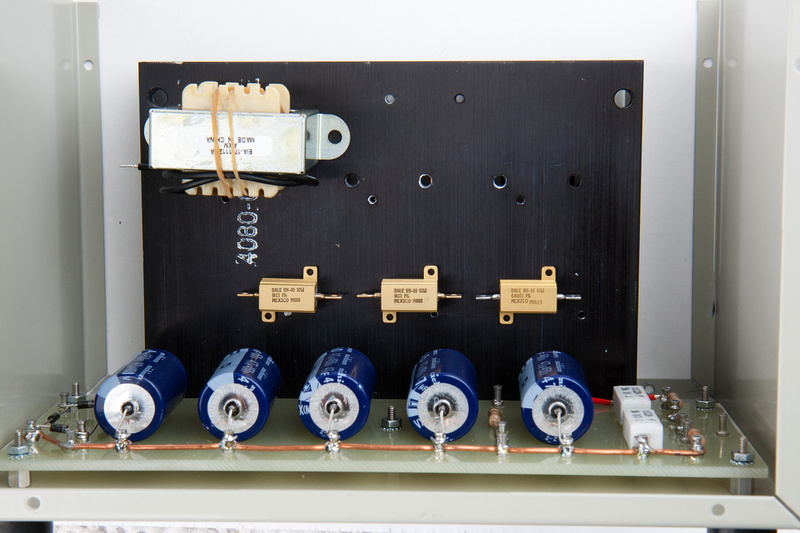
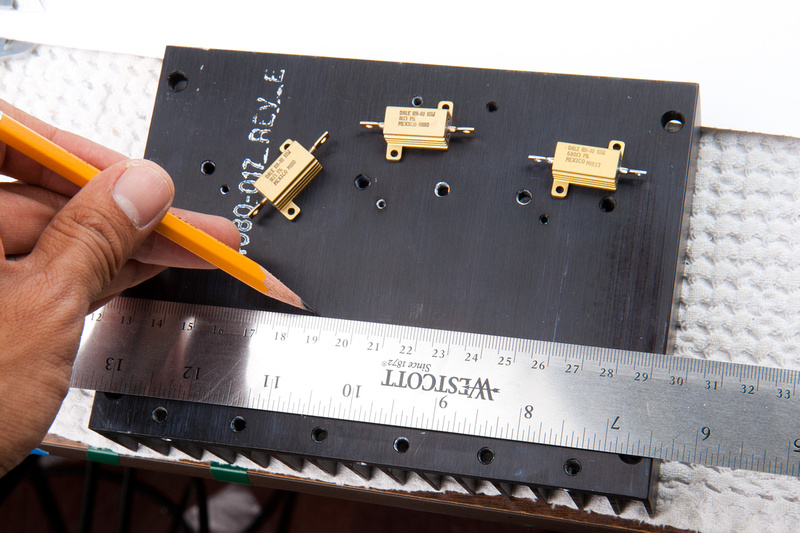
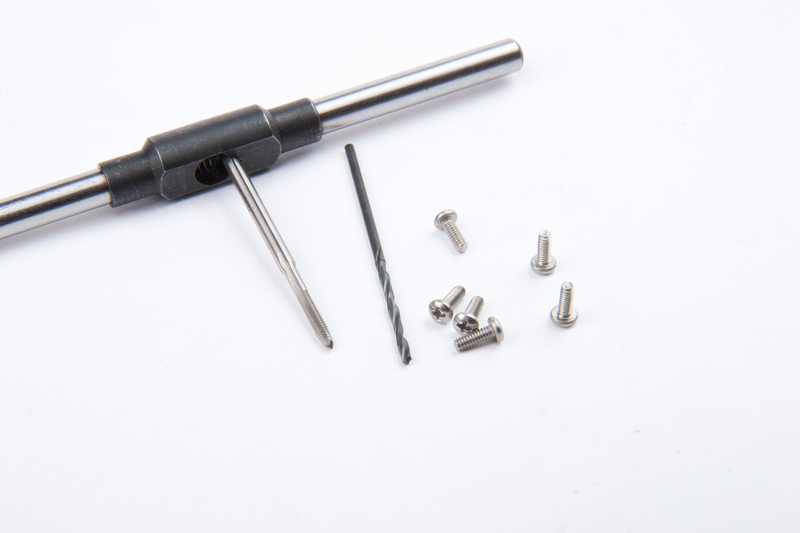
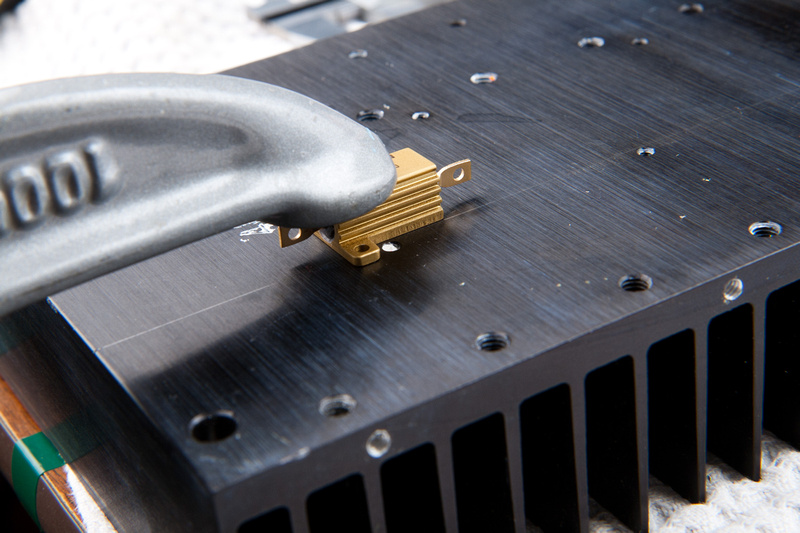
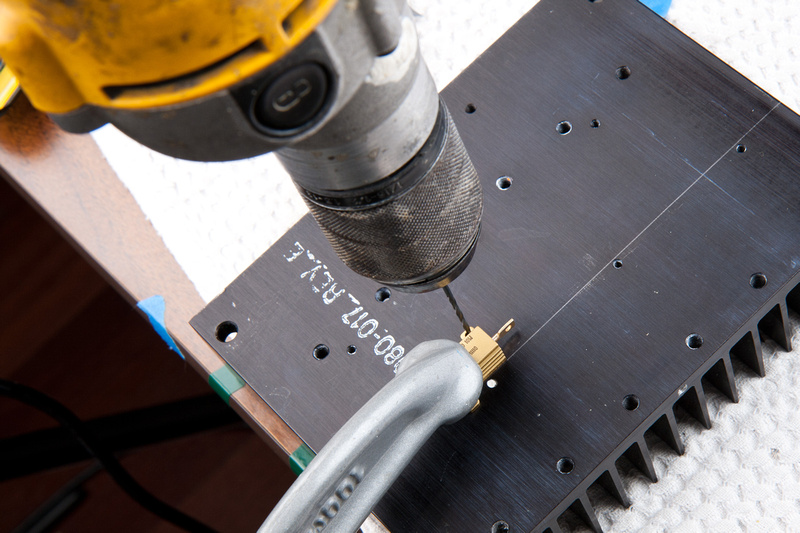
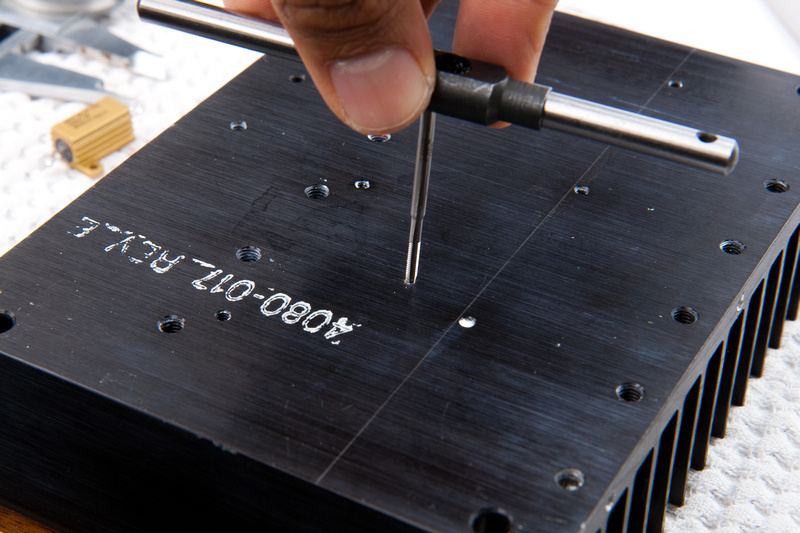
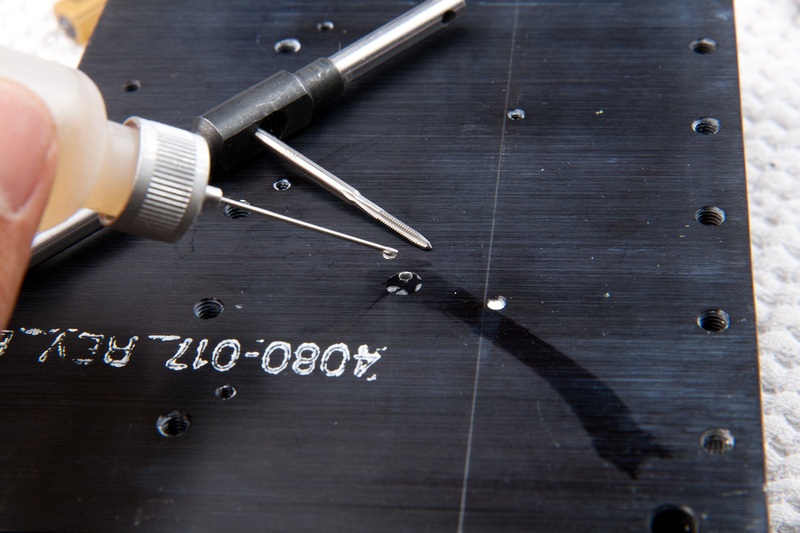
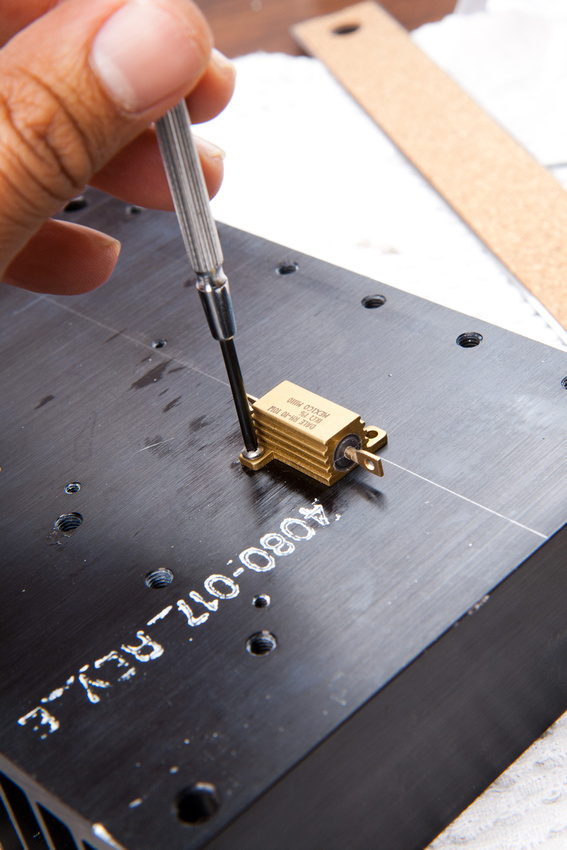
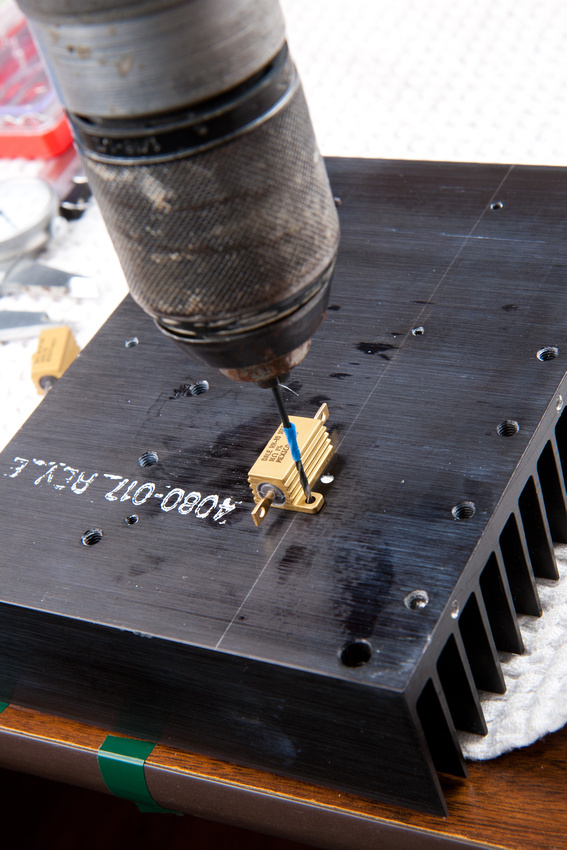
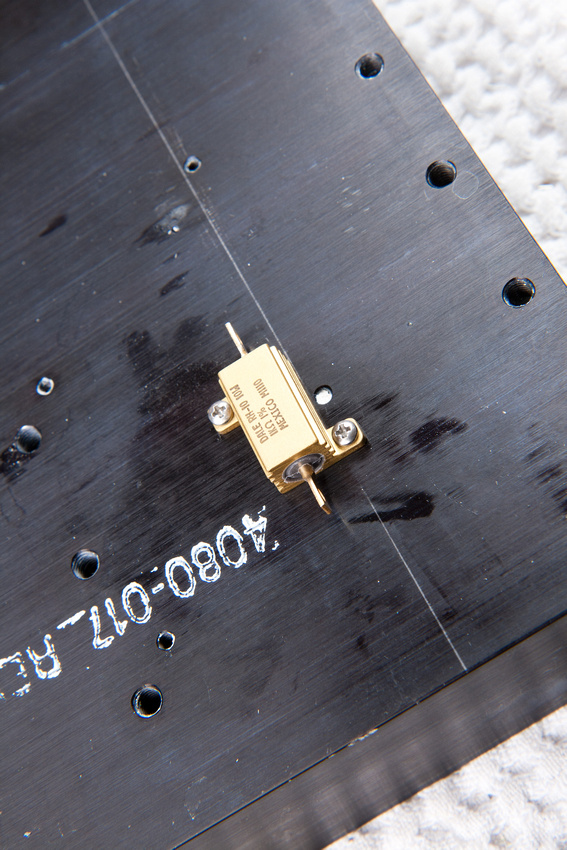

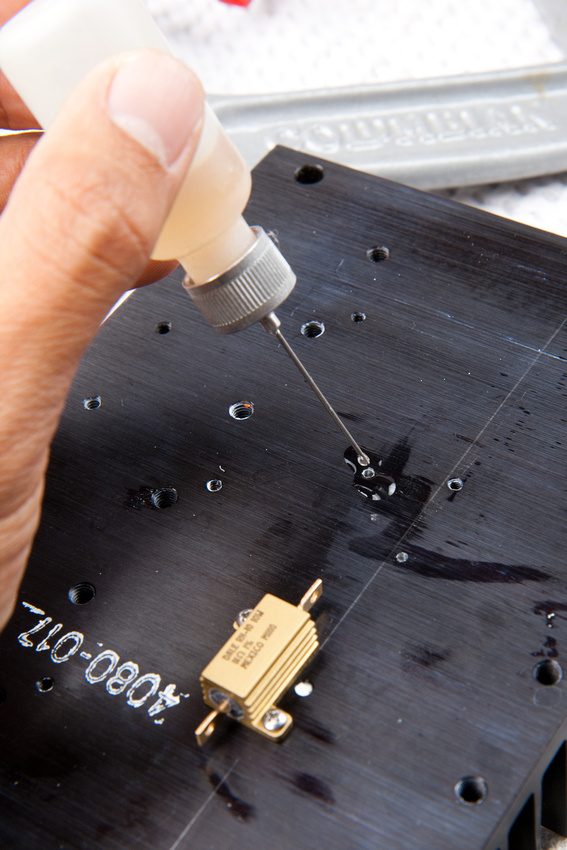
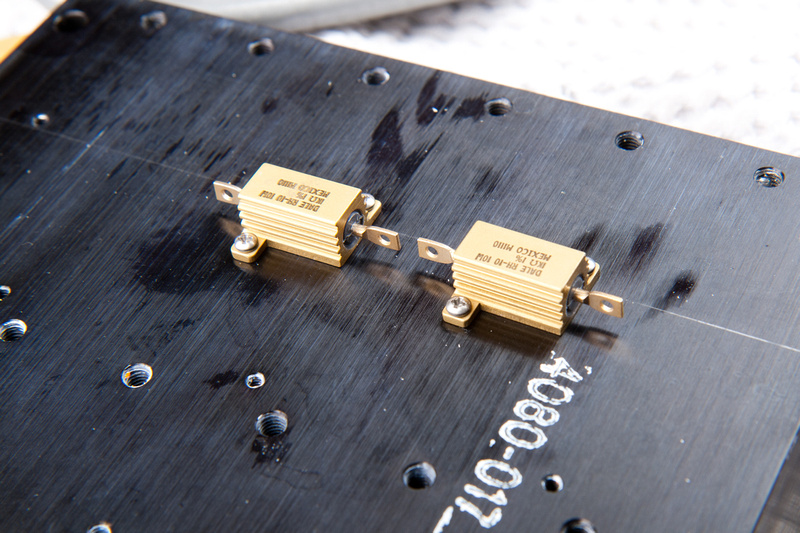
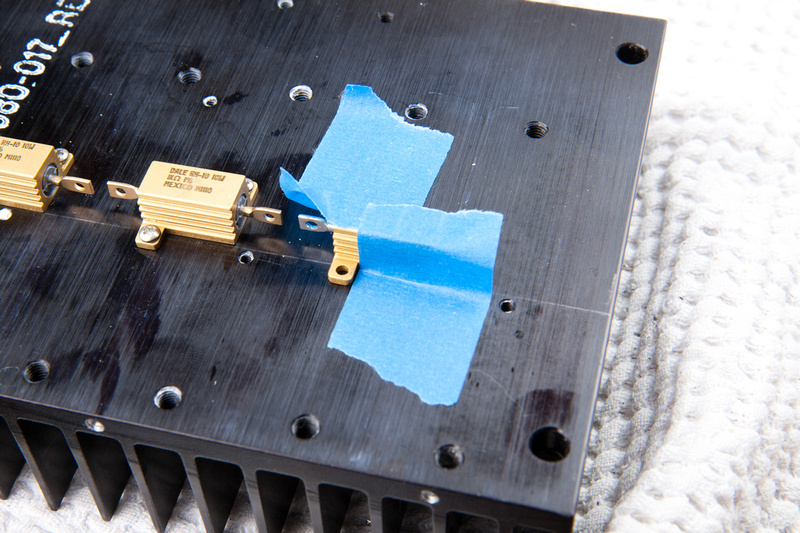
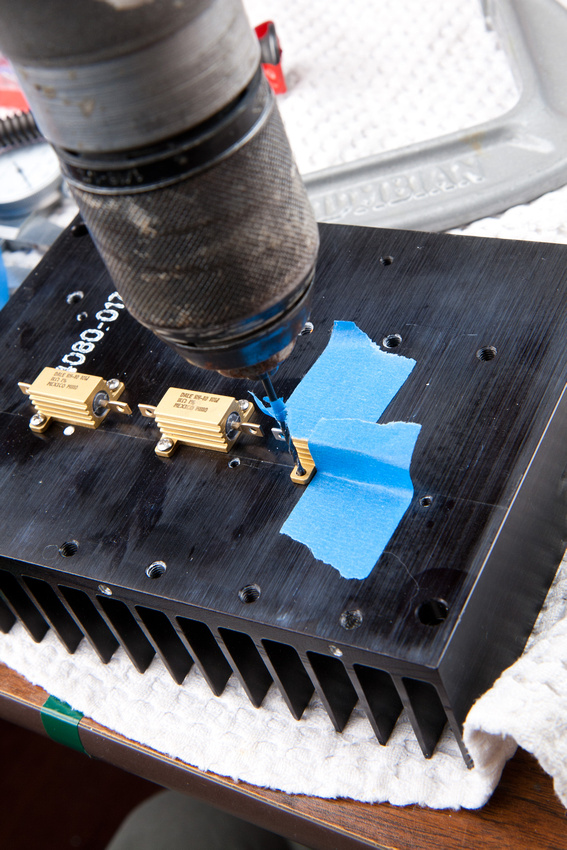

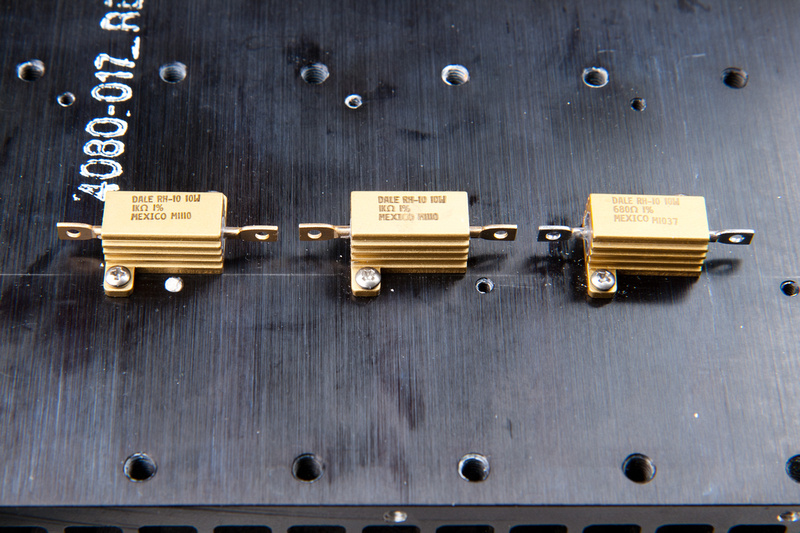
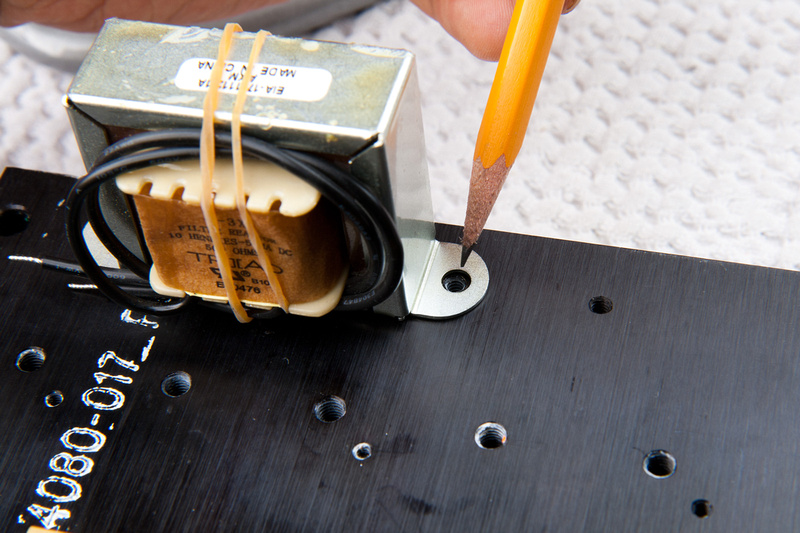
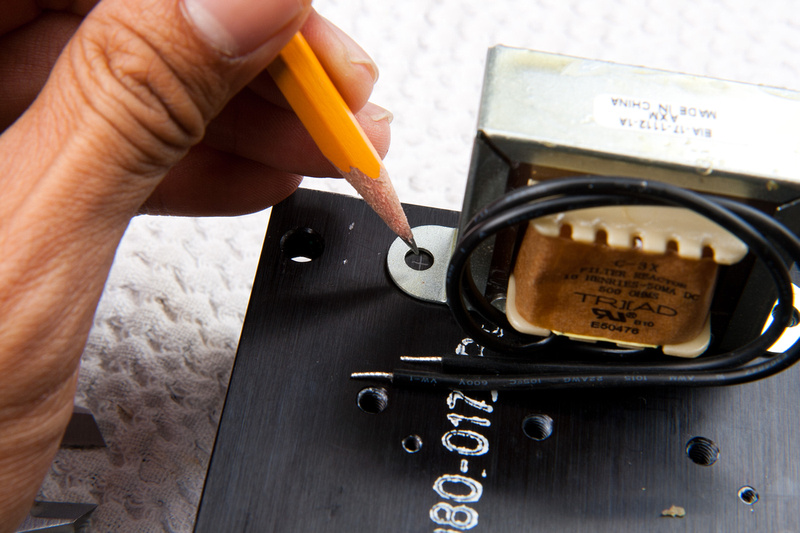
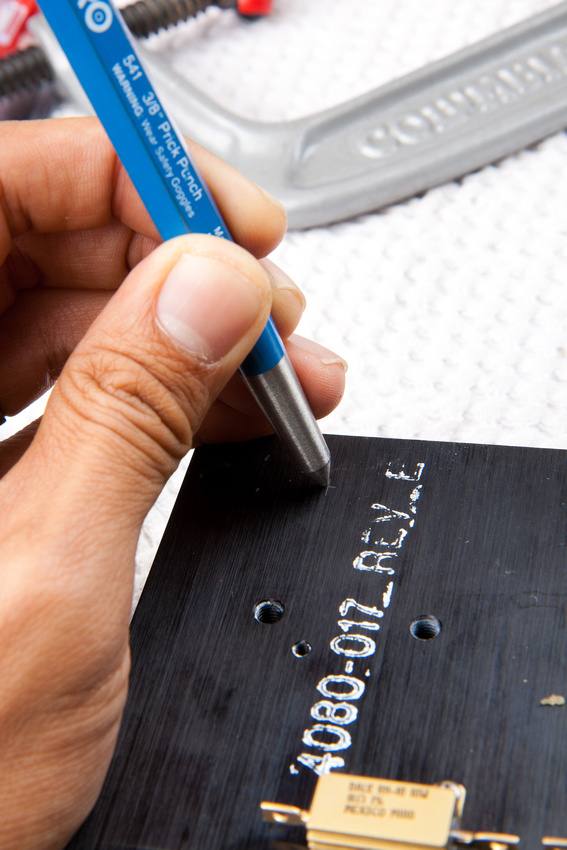
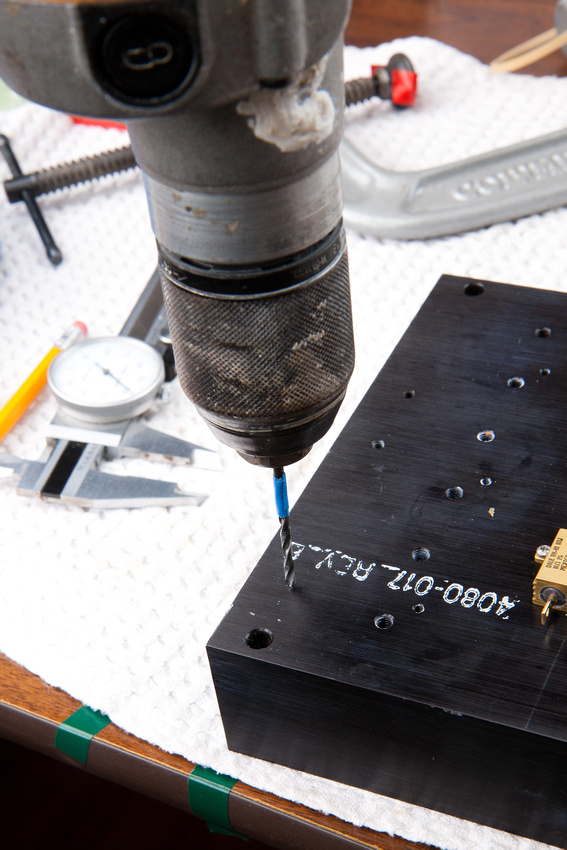
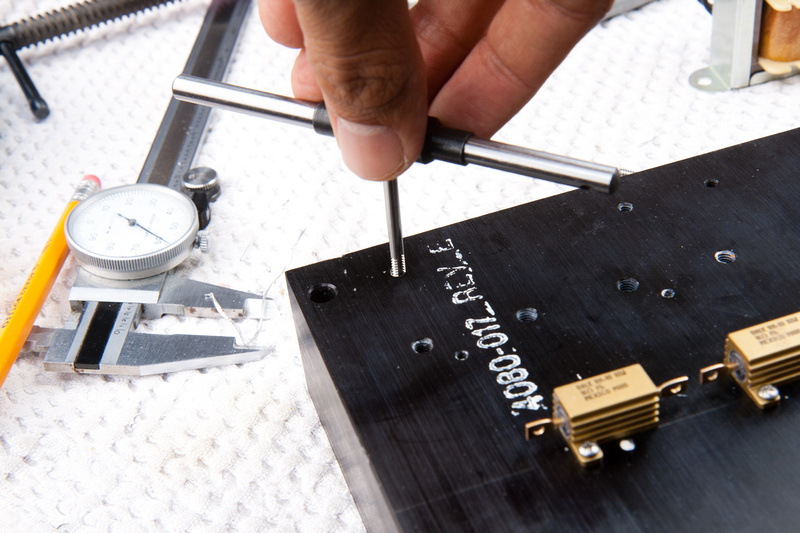
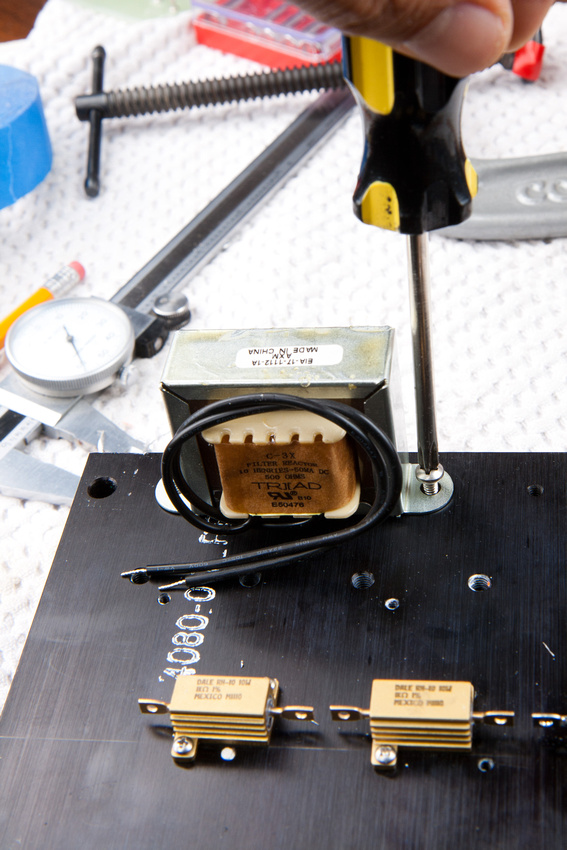
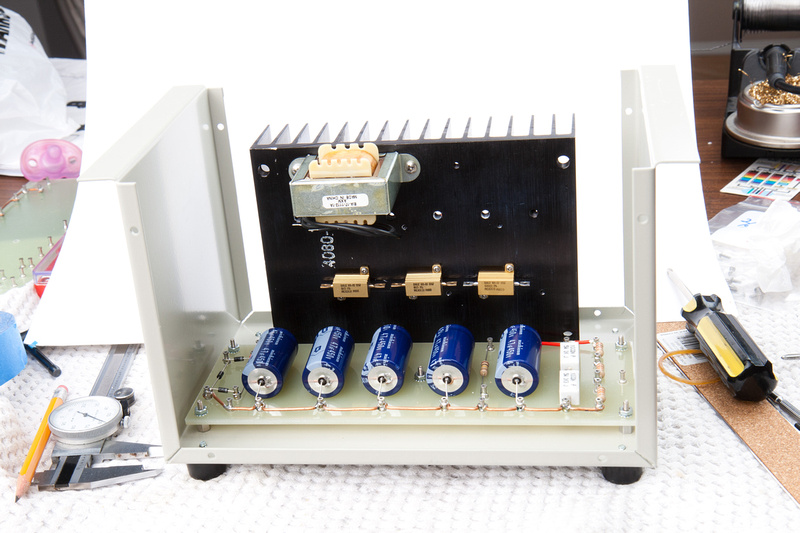
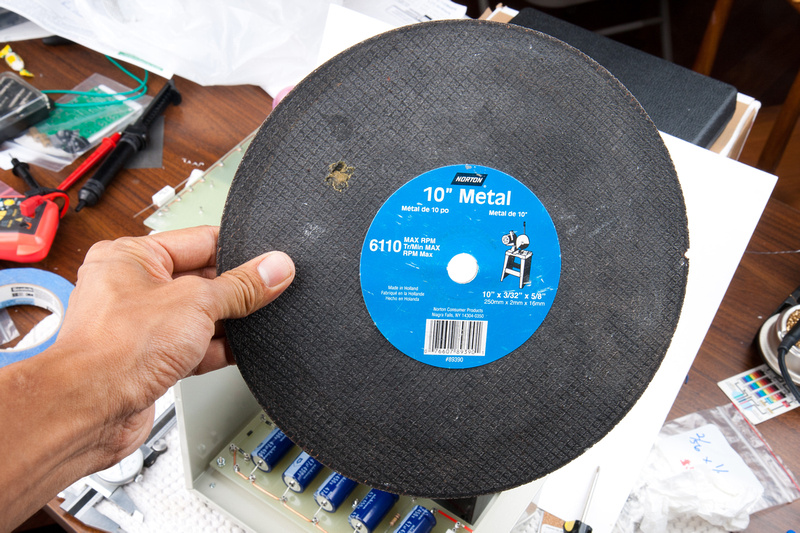
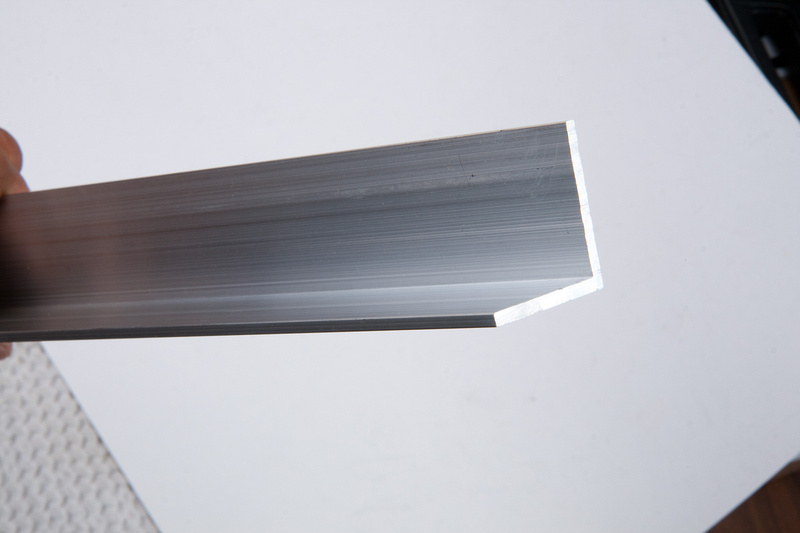
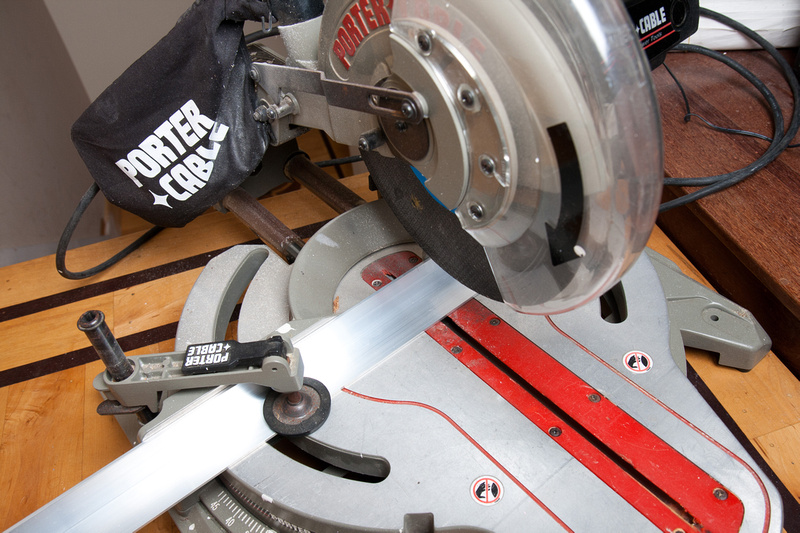
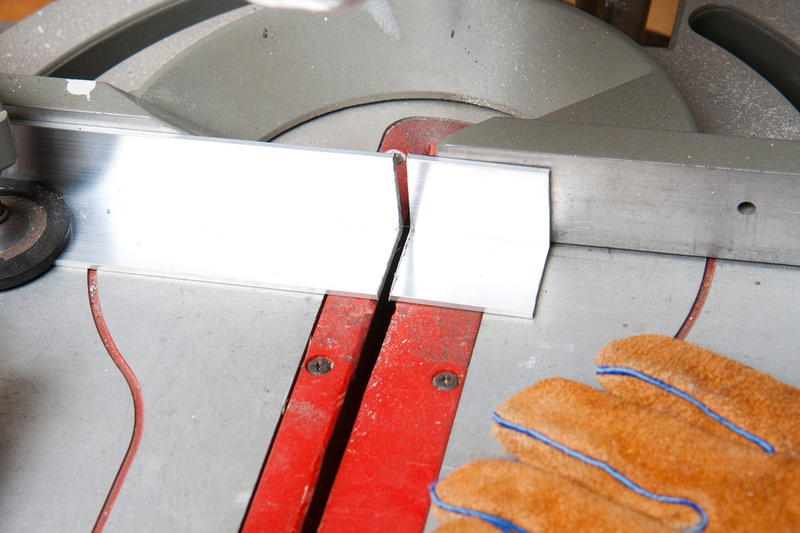
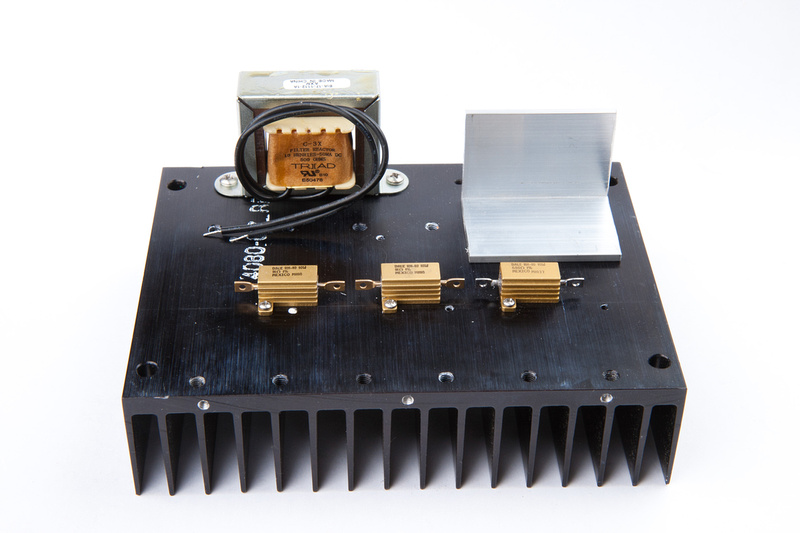
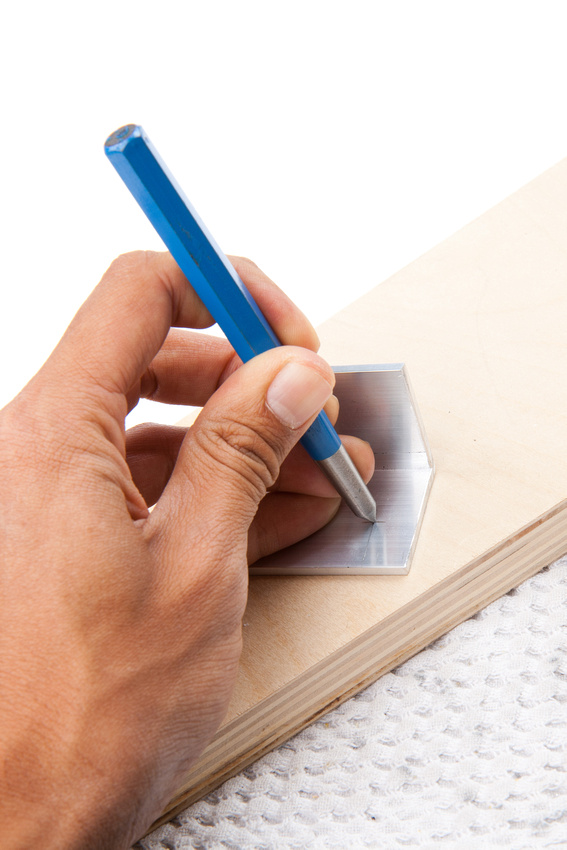
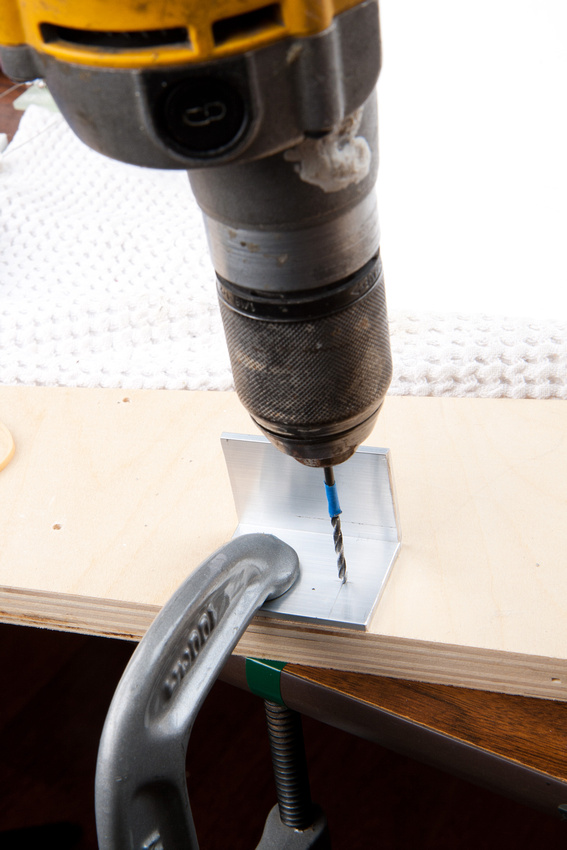
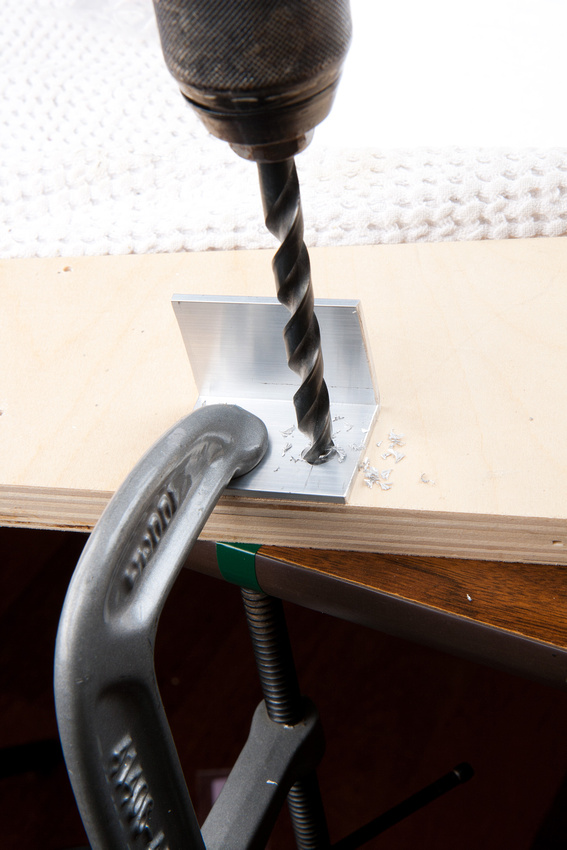
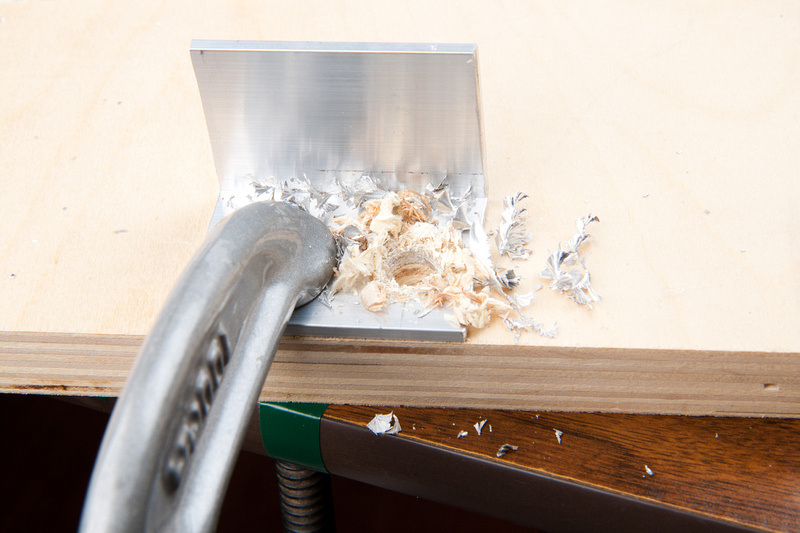
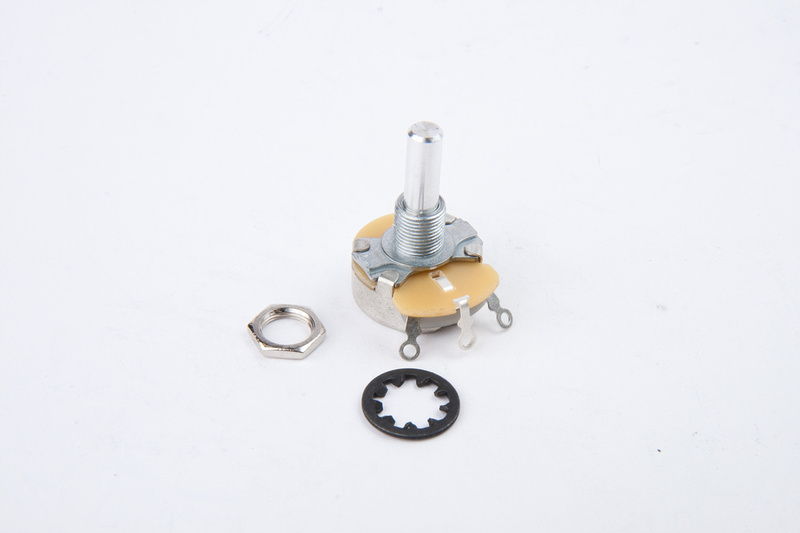
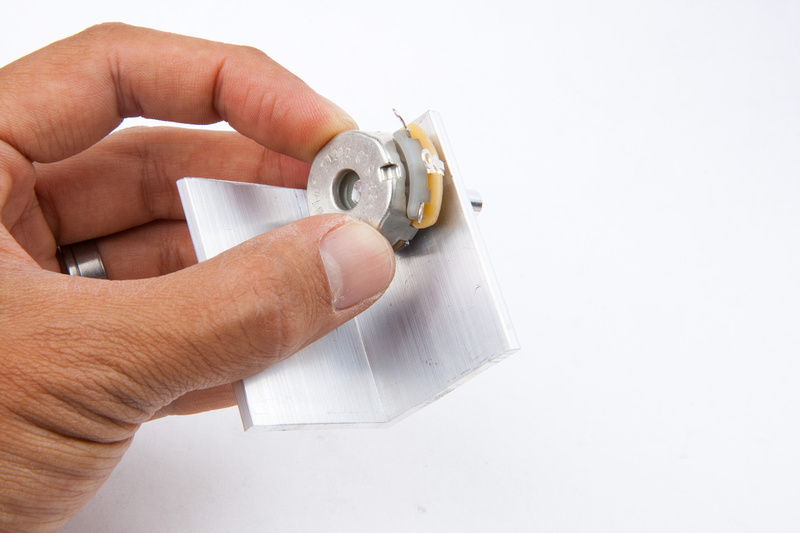
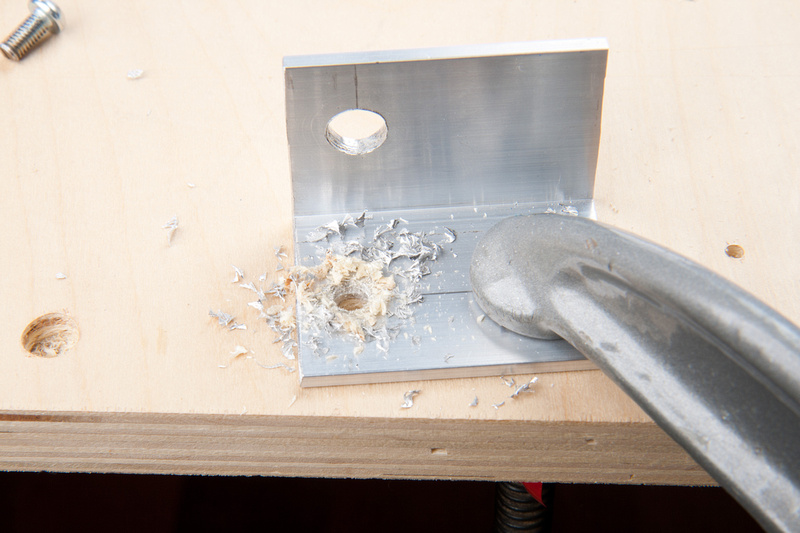
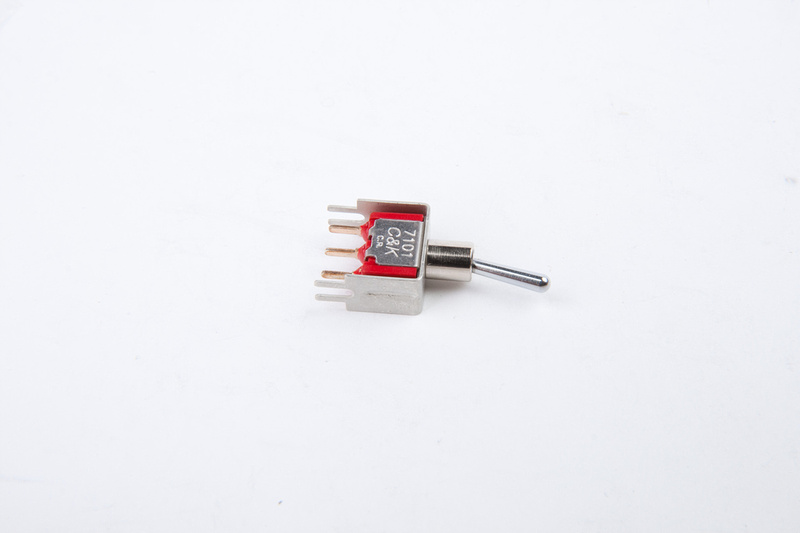
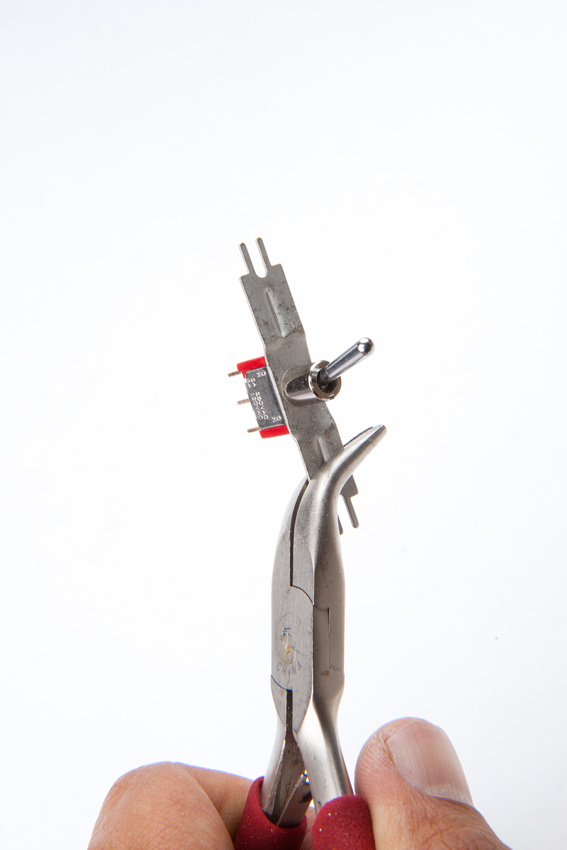
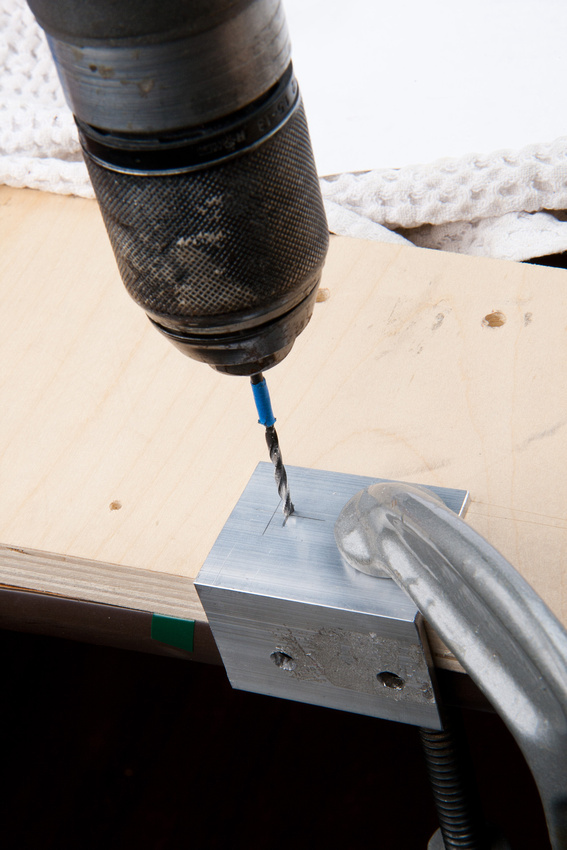
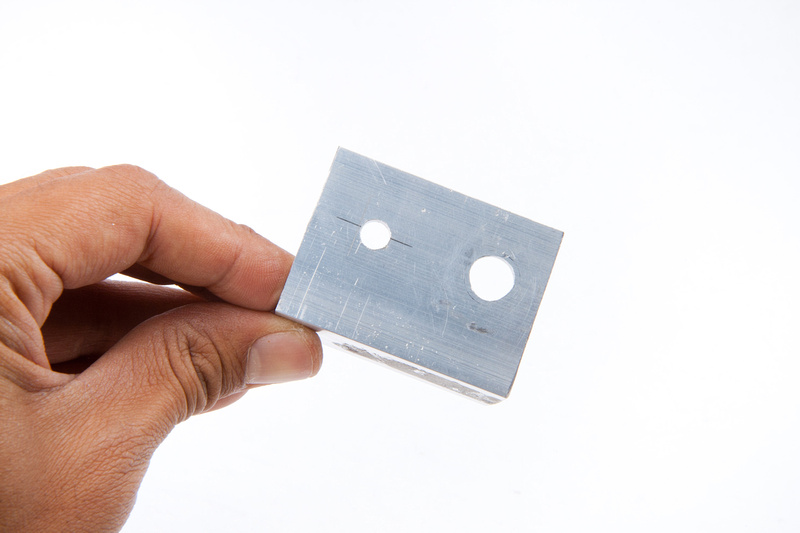
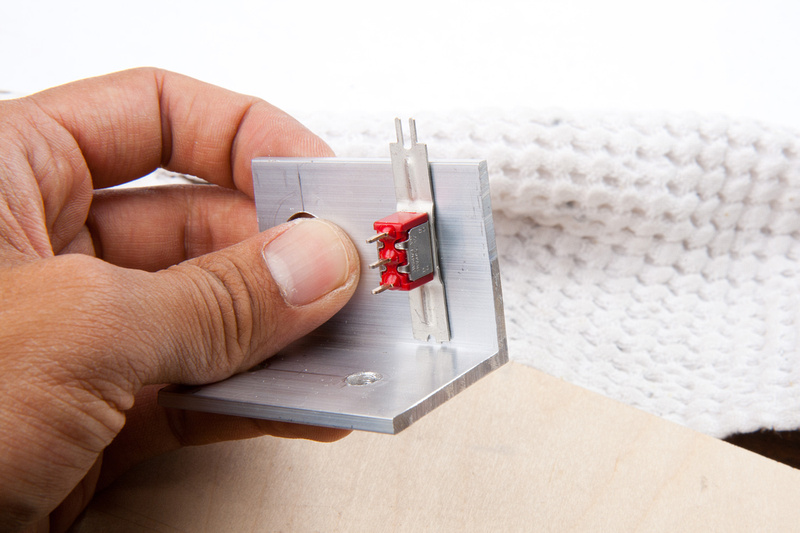
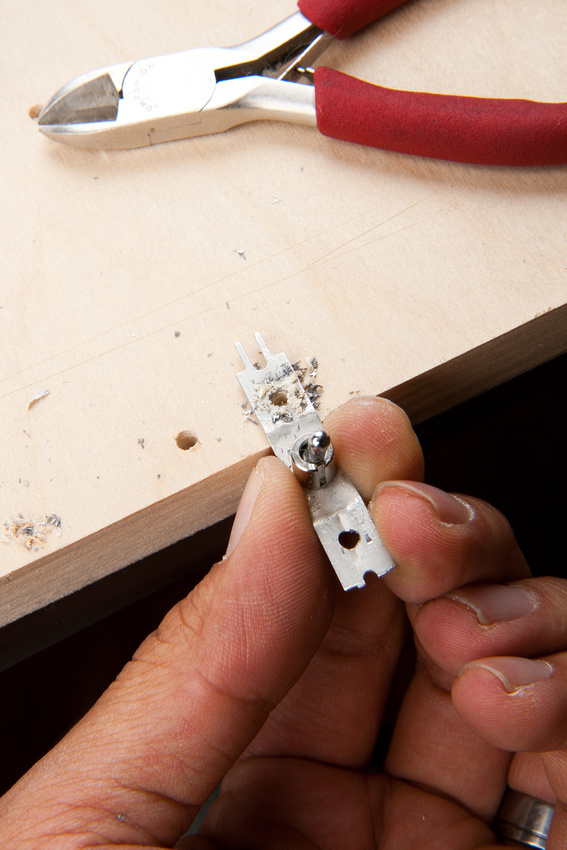
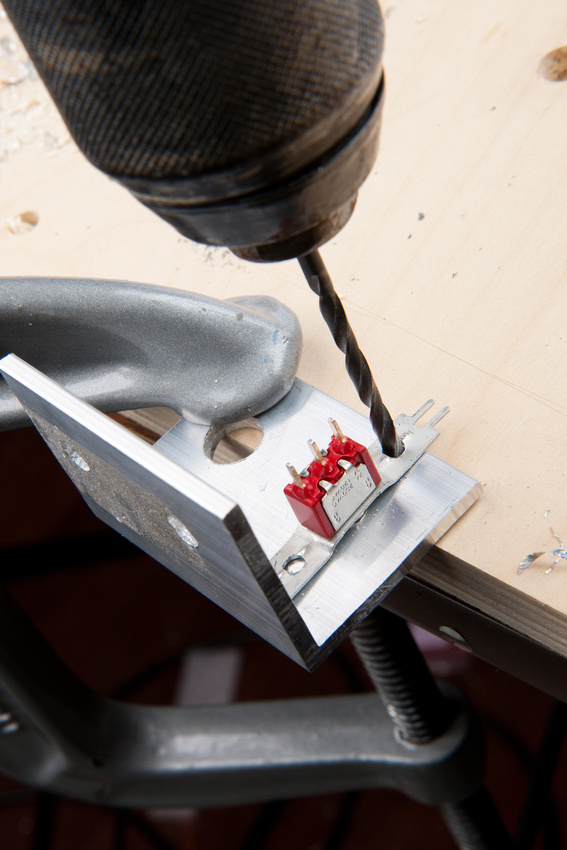
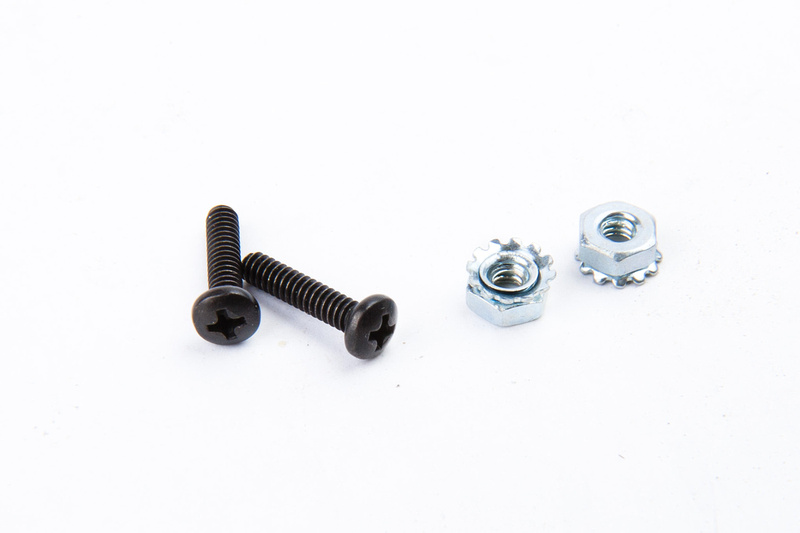
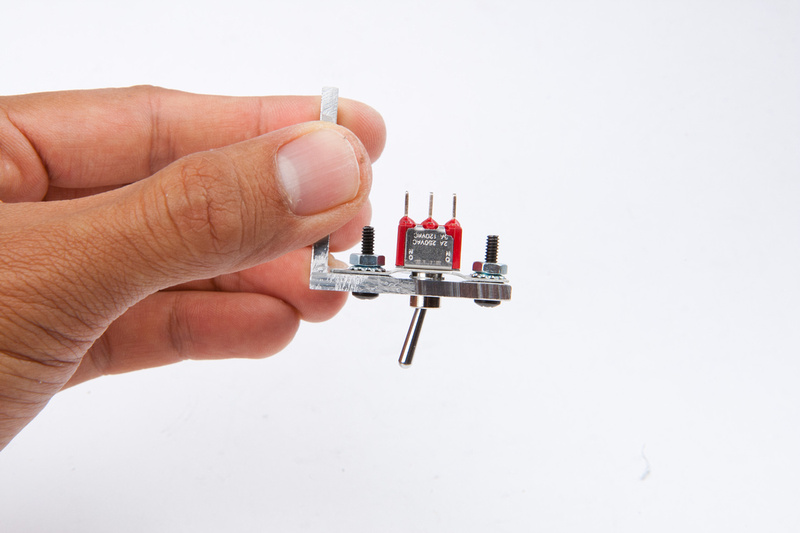
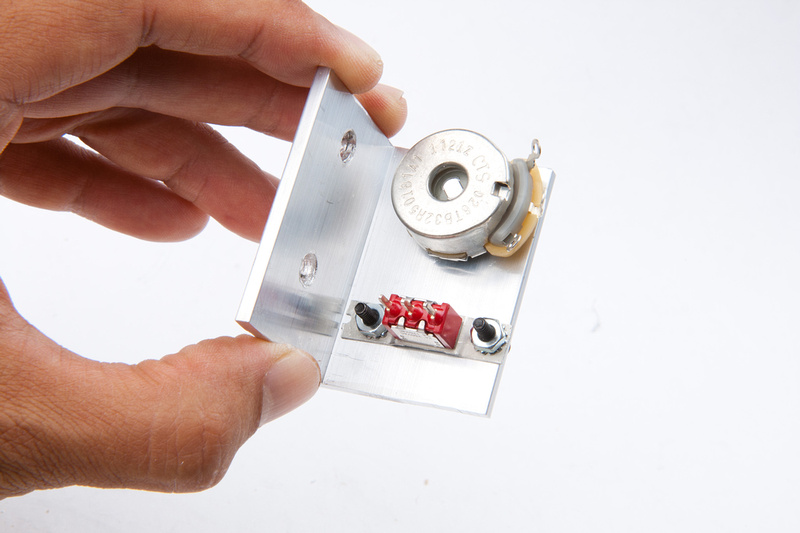
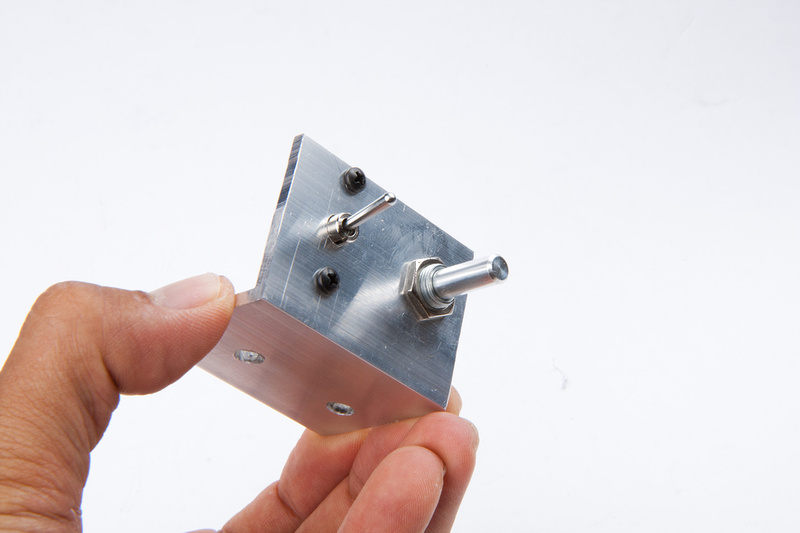
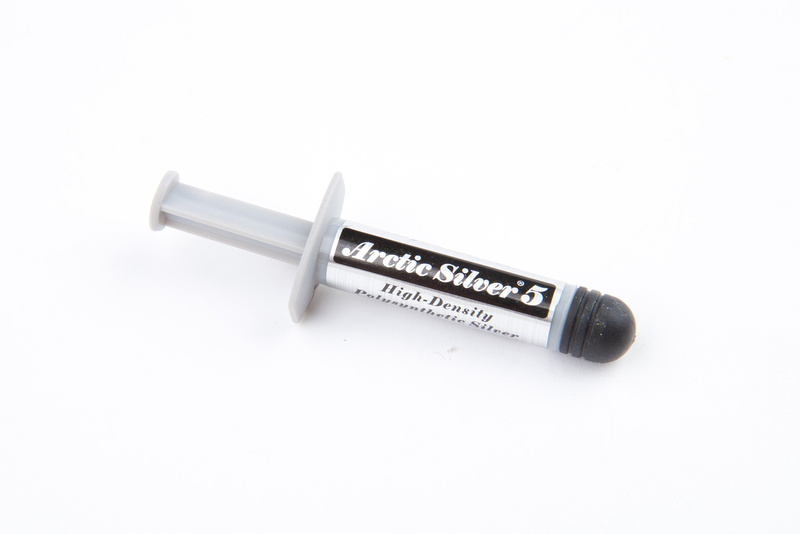
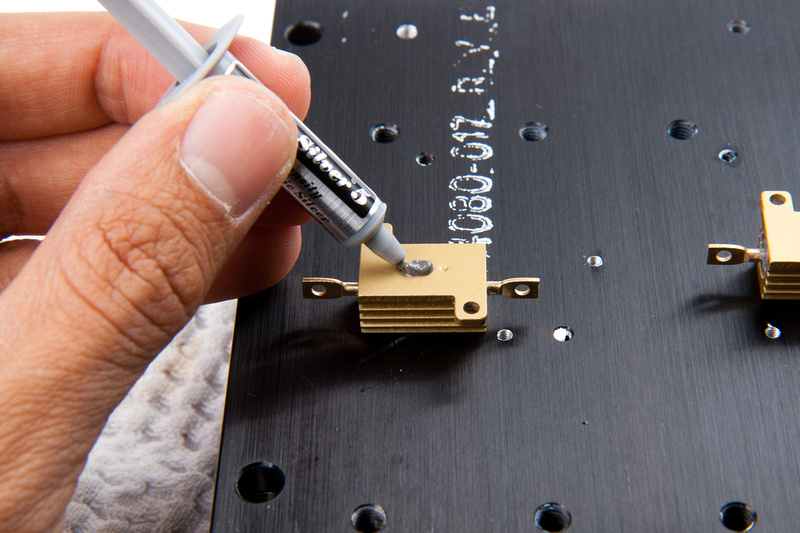
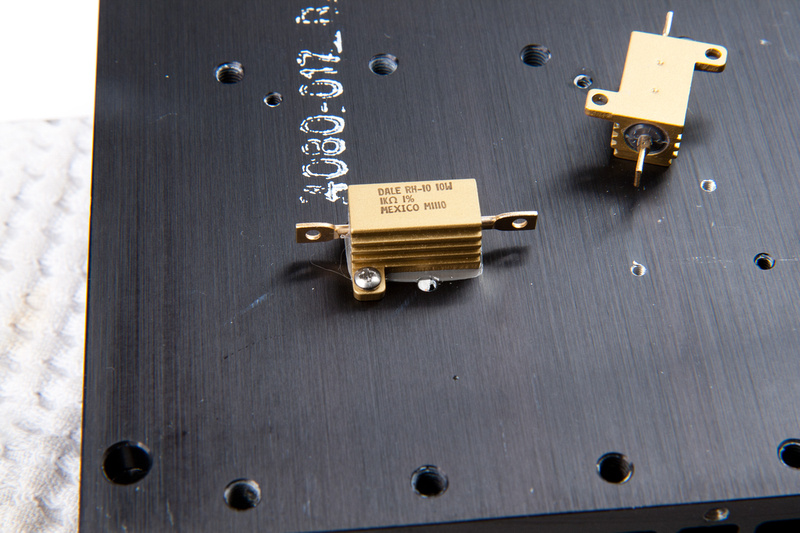
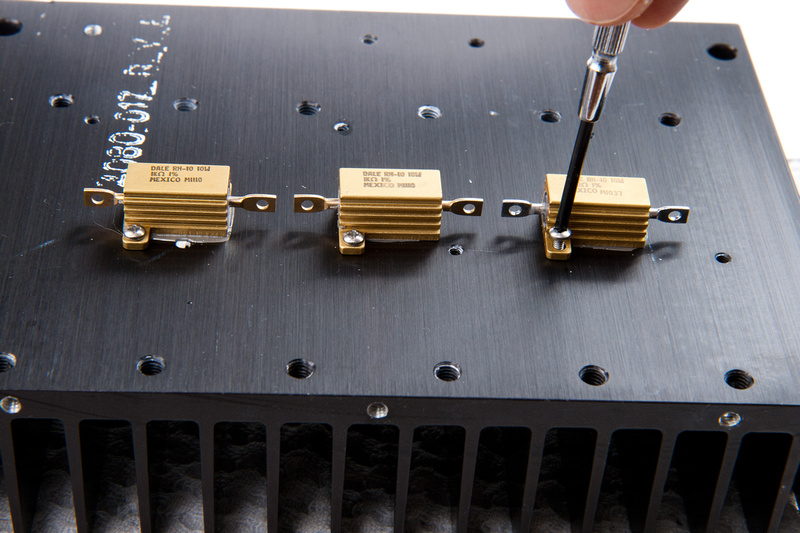

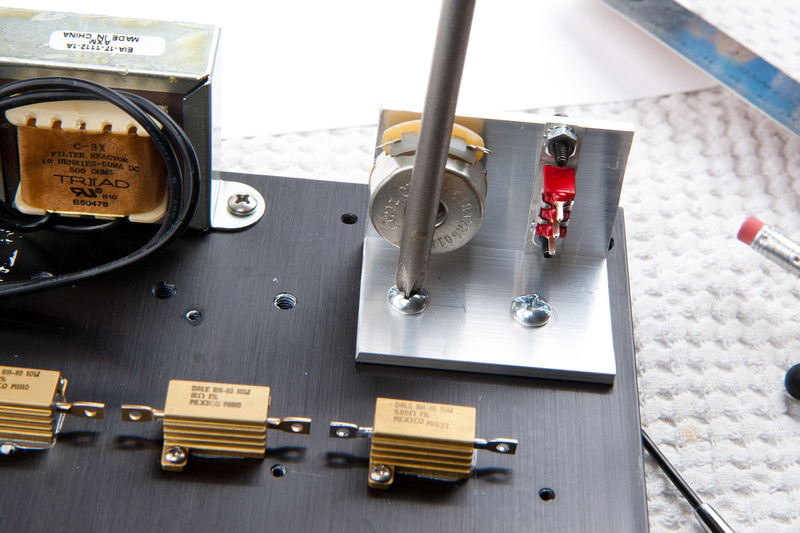

If you look at the schematic (on the same page, linked below), you see that the anode AND the heater are being driven by the B+. There isn't a separate heater supply. This explains the high current requirement.Is this 45mA for the anode current?